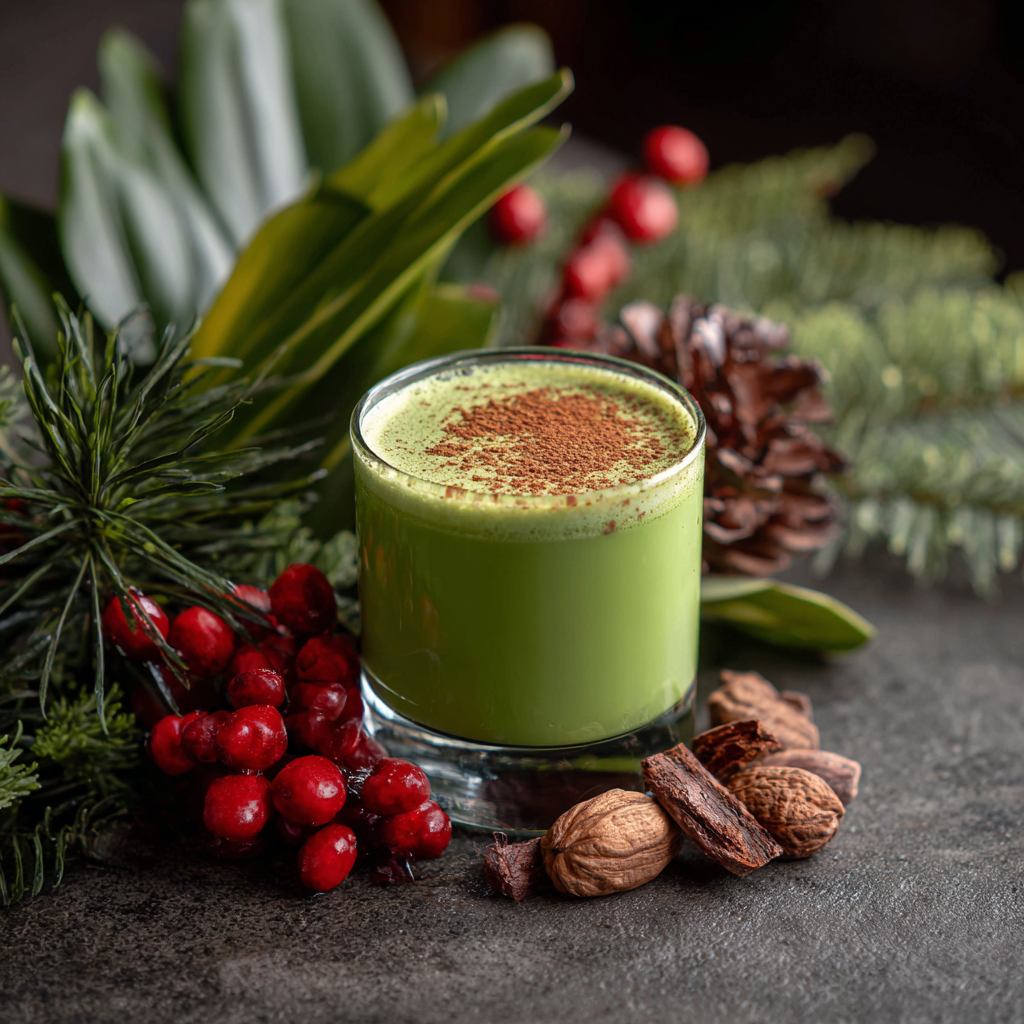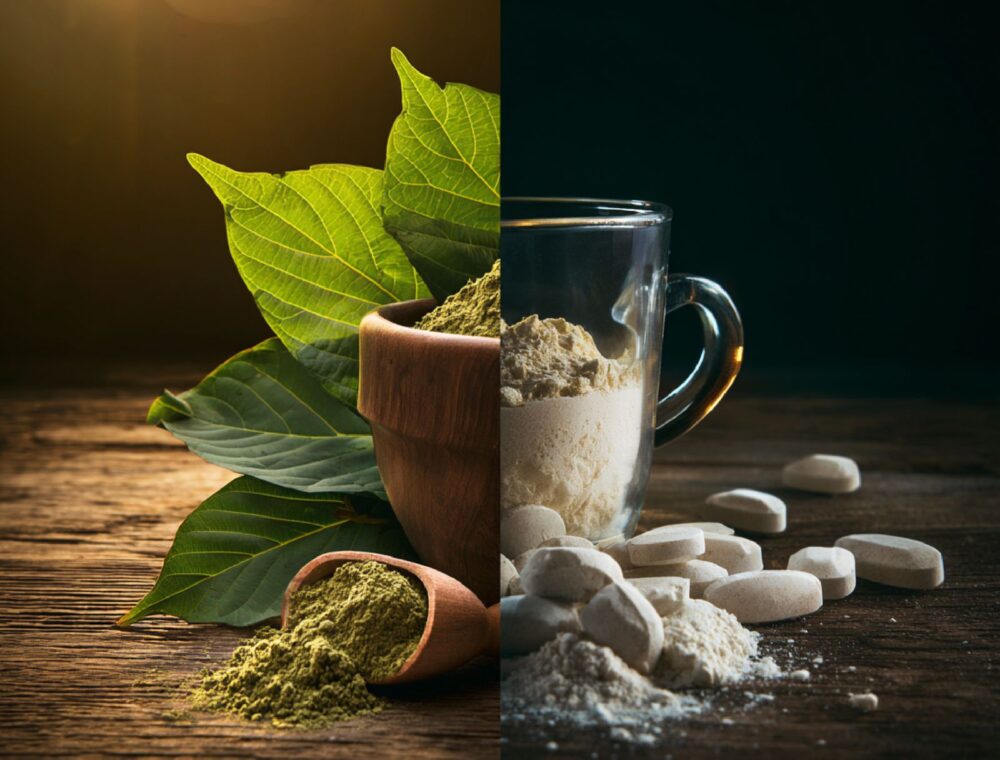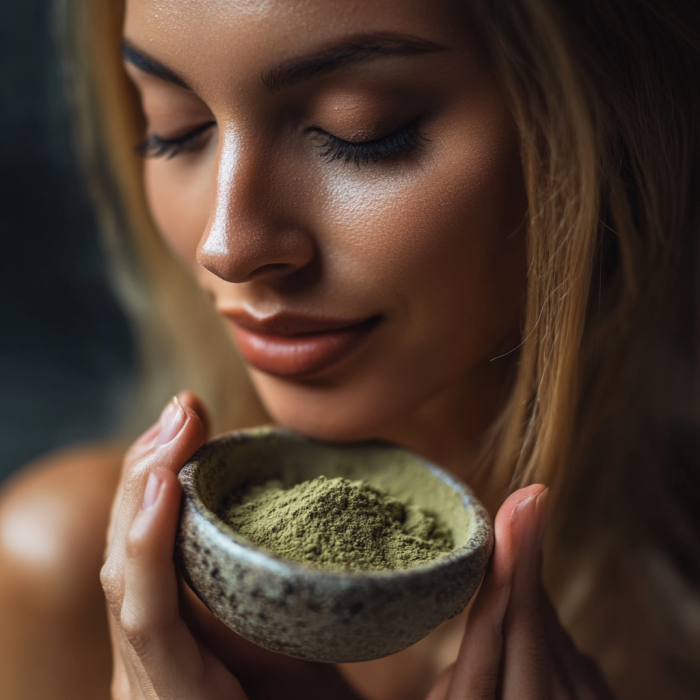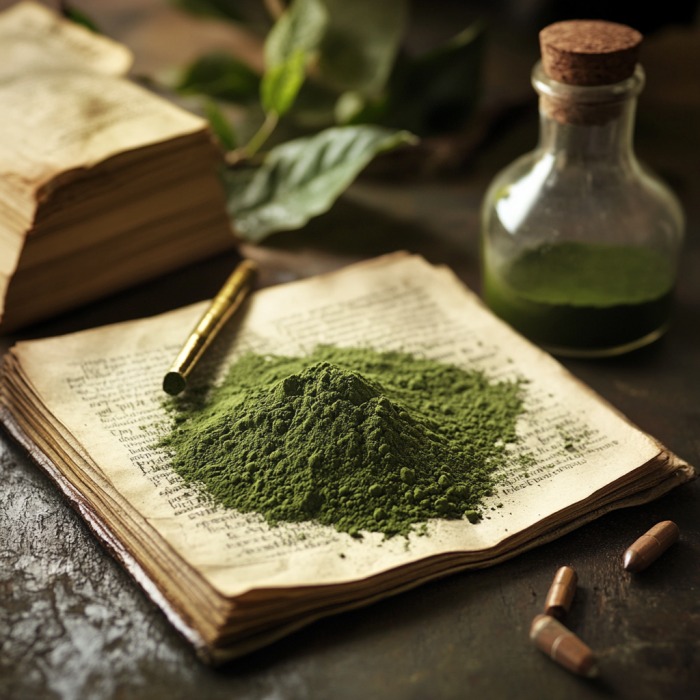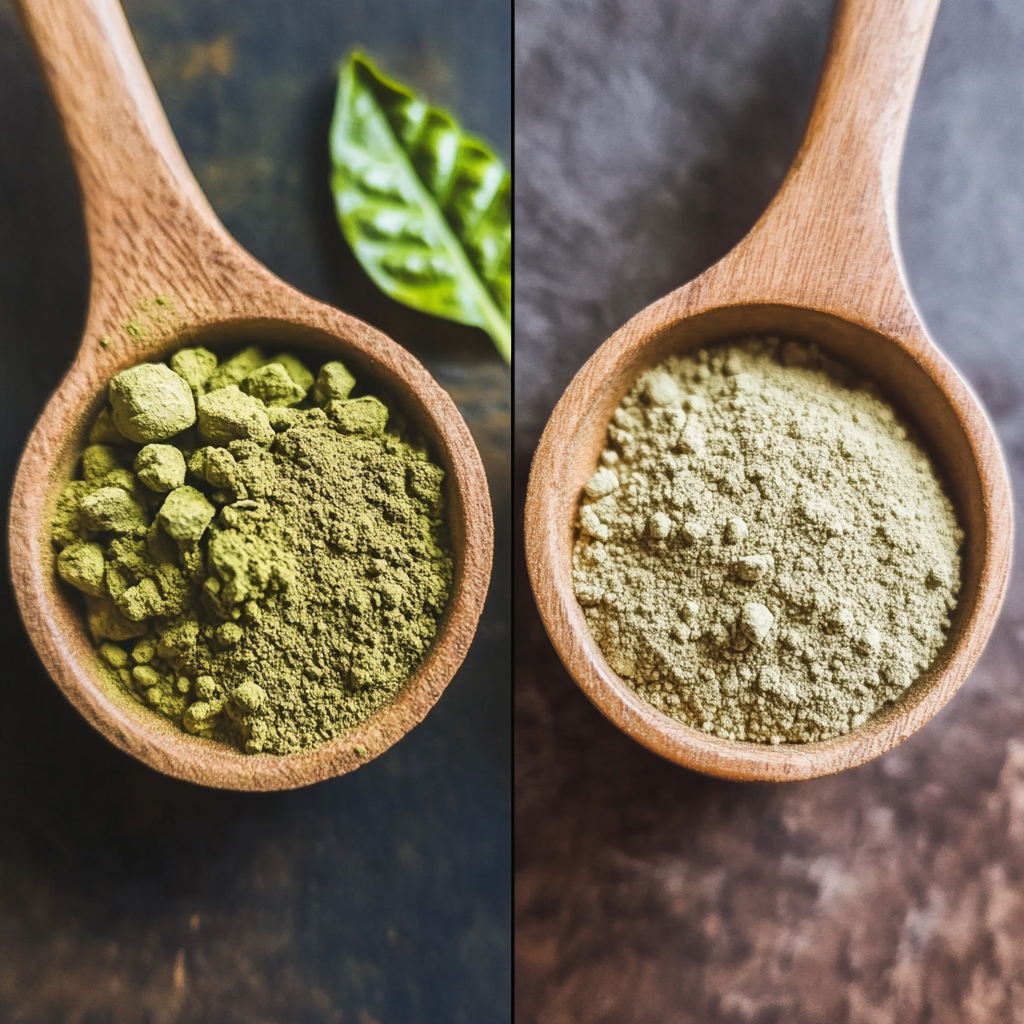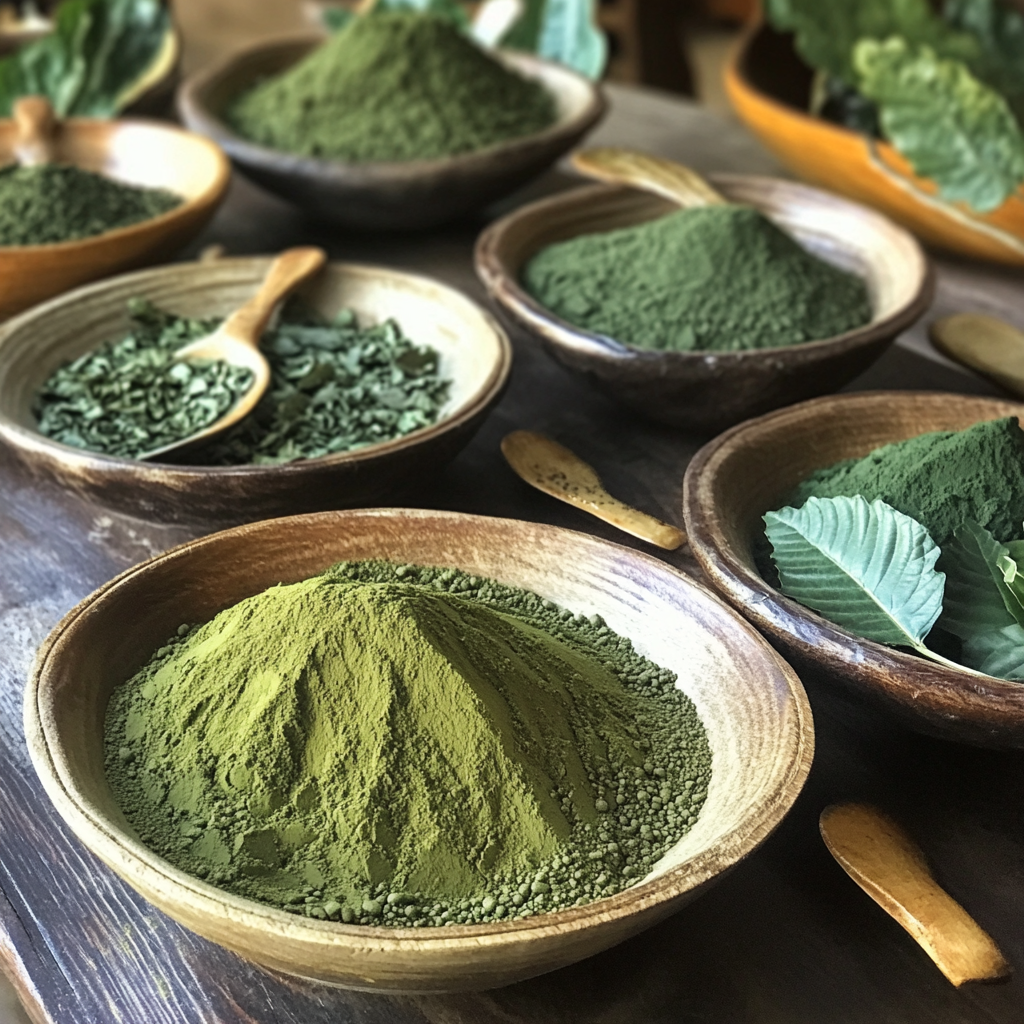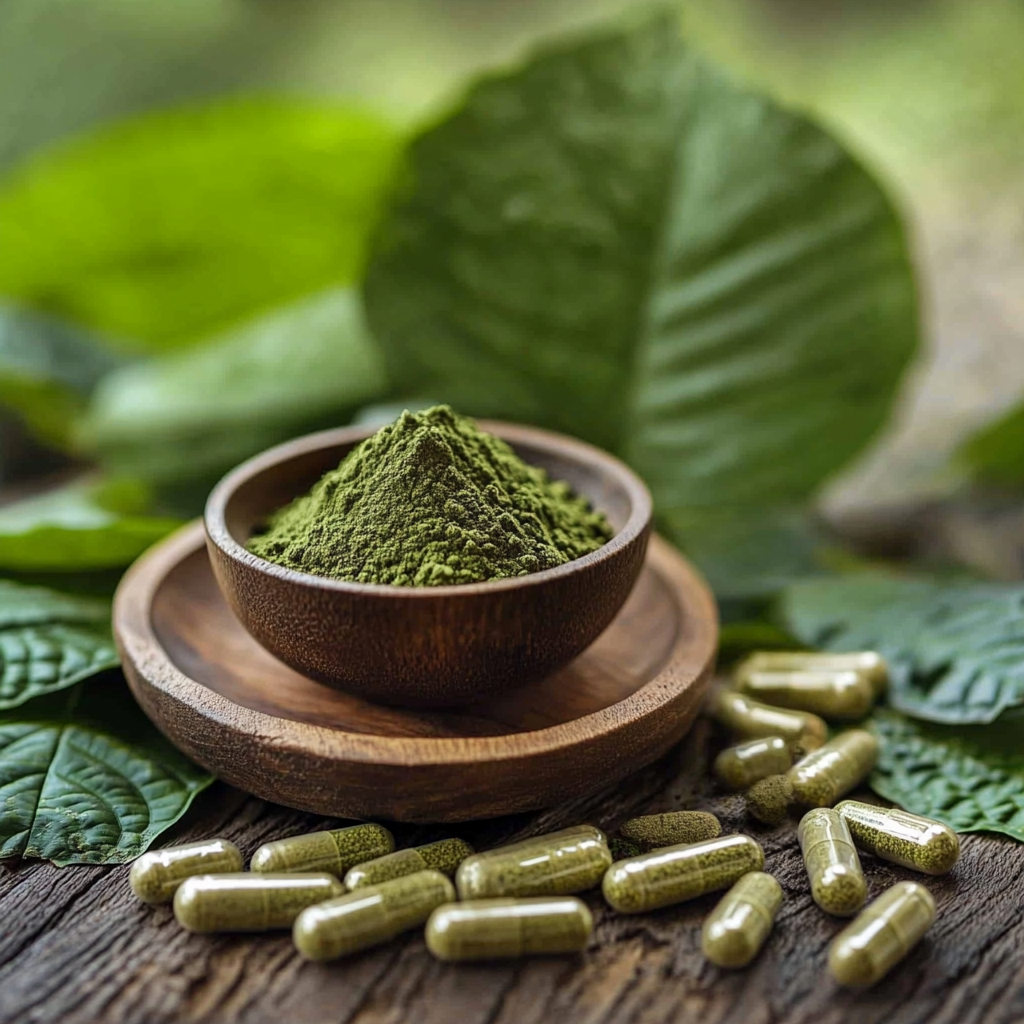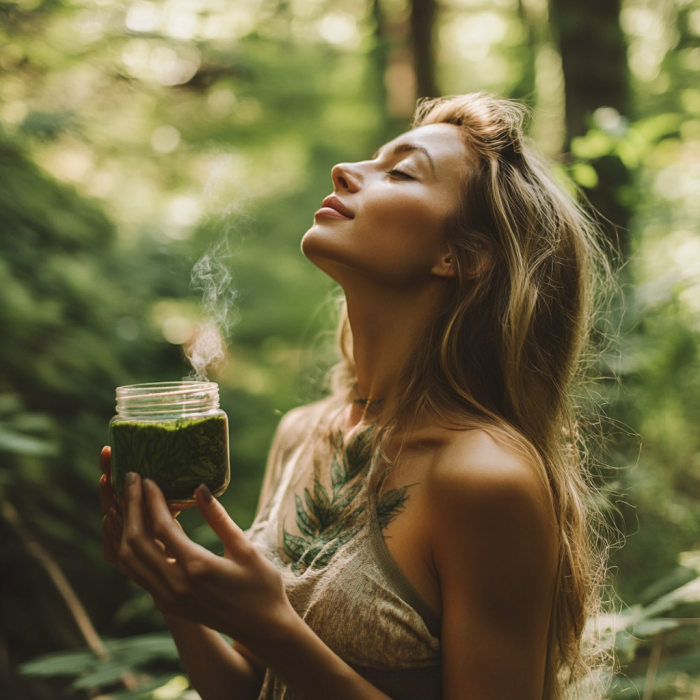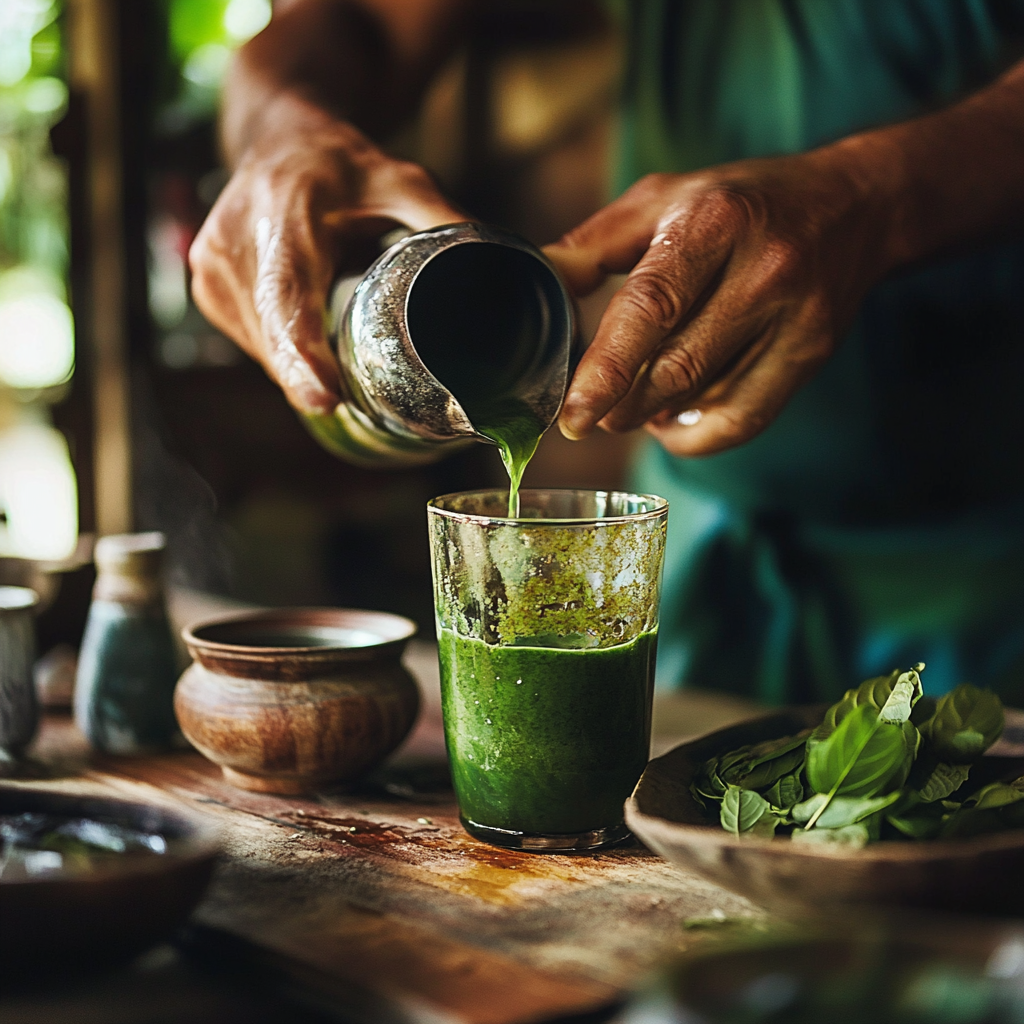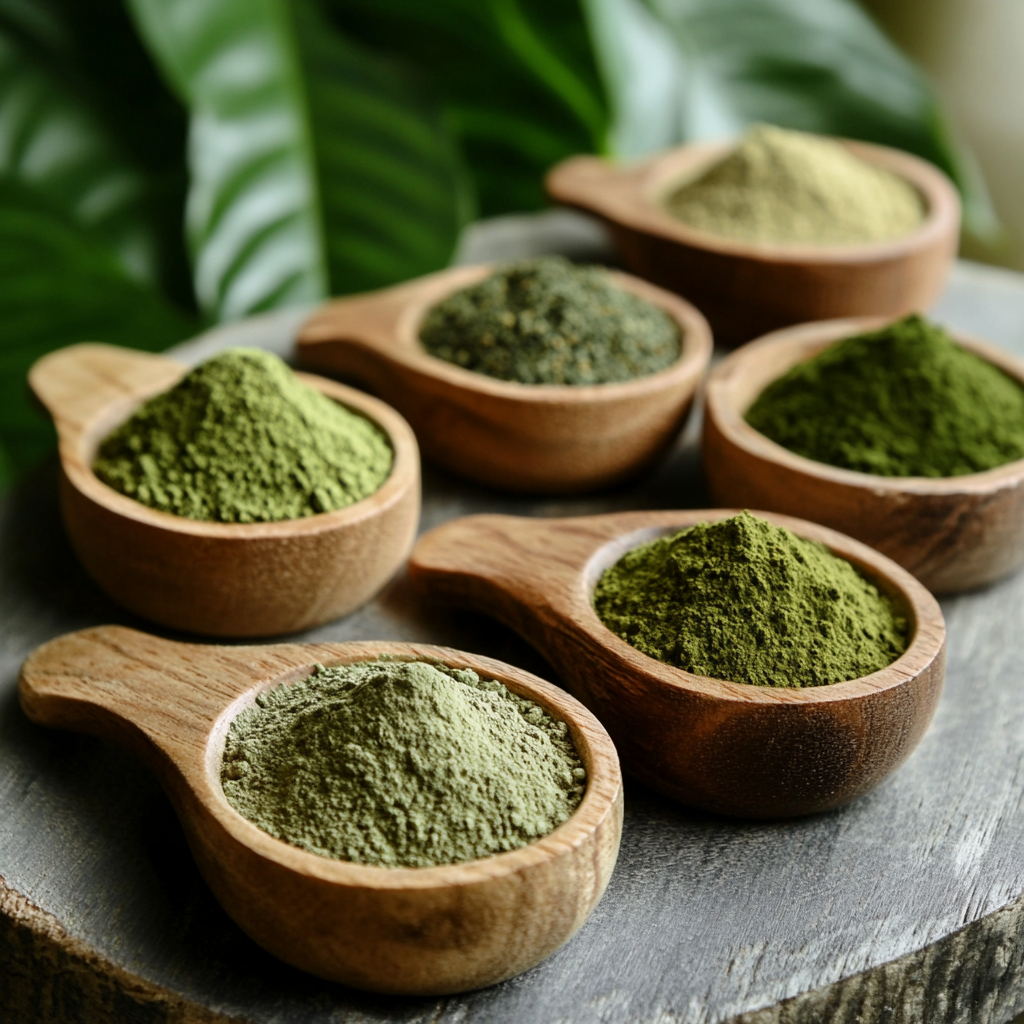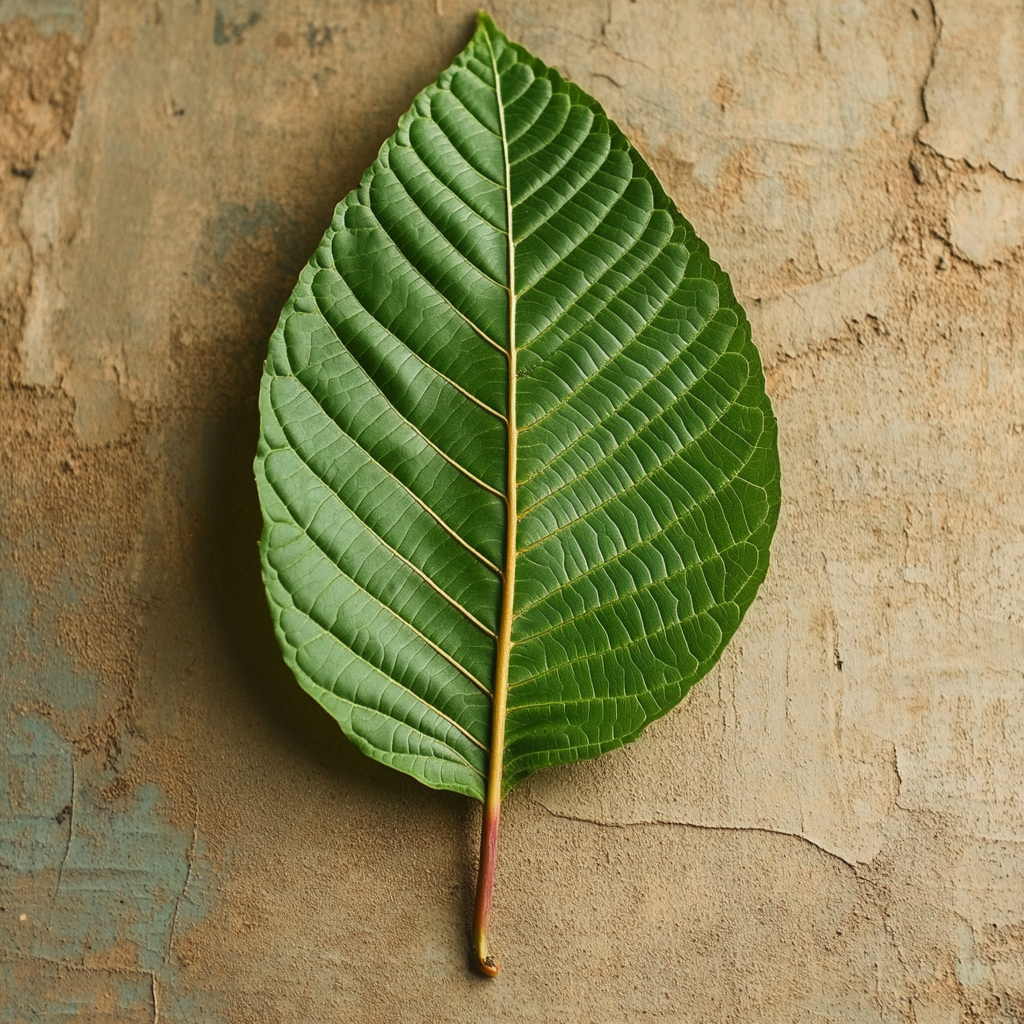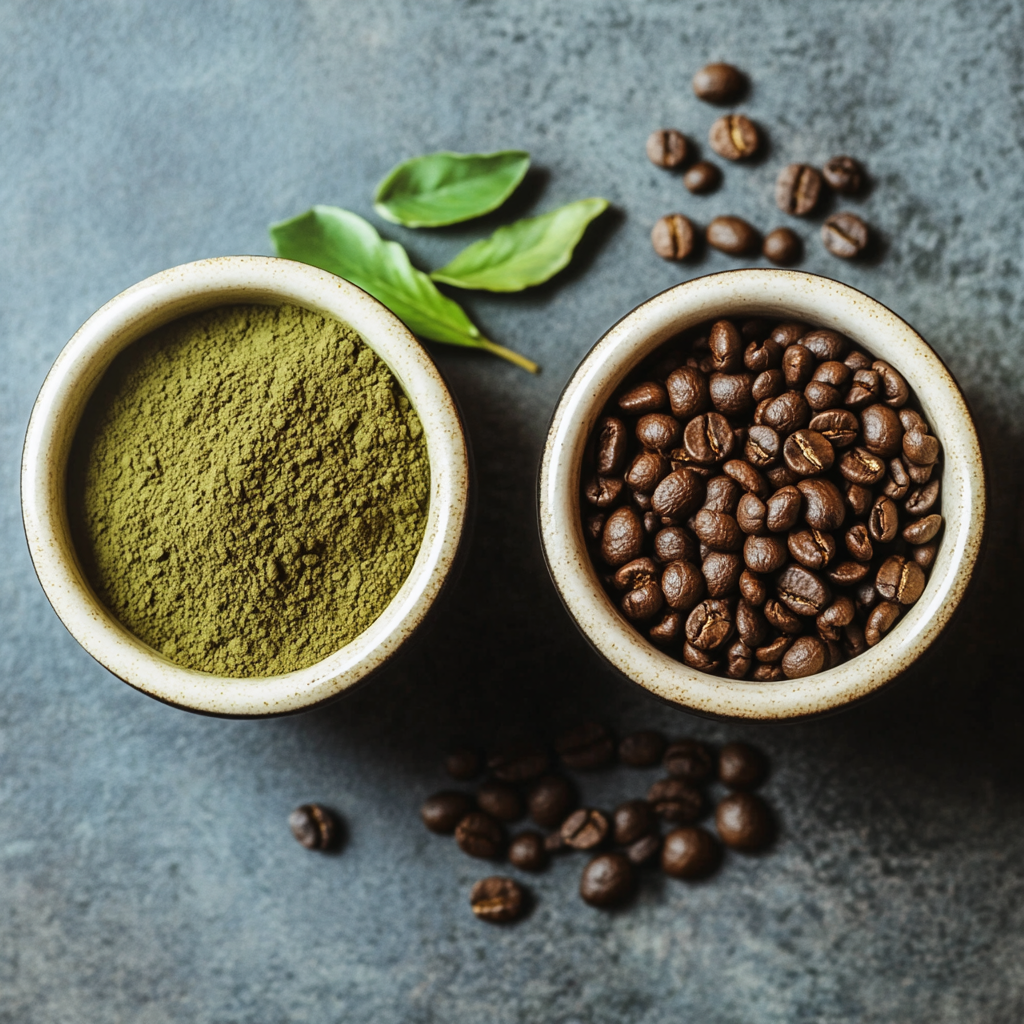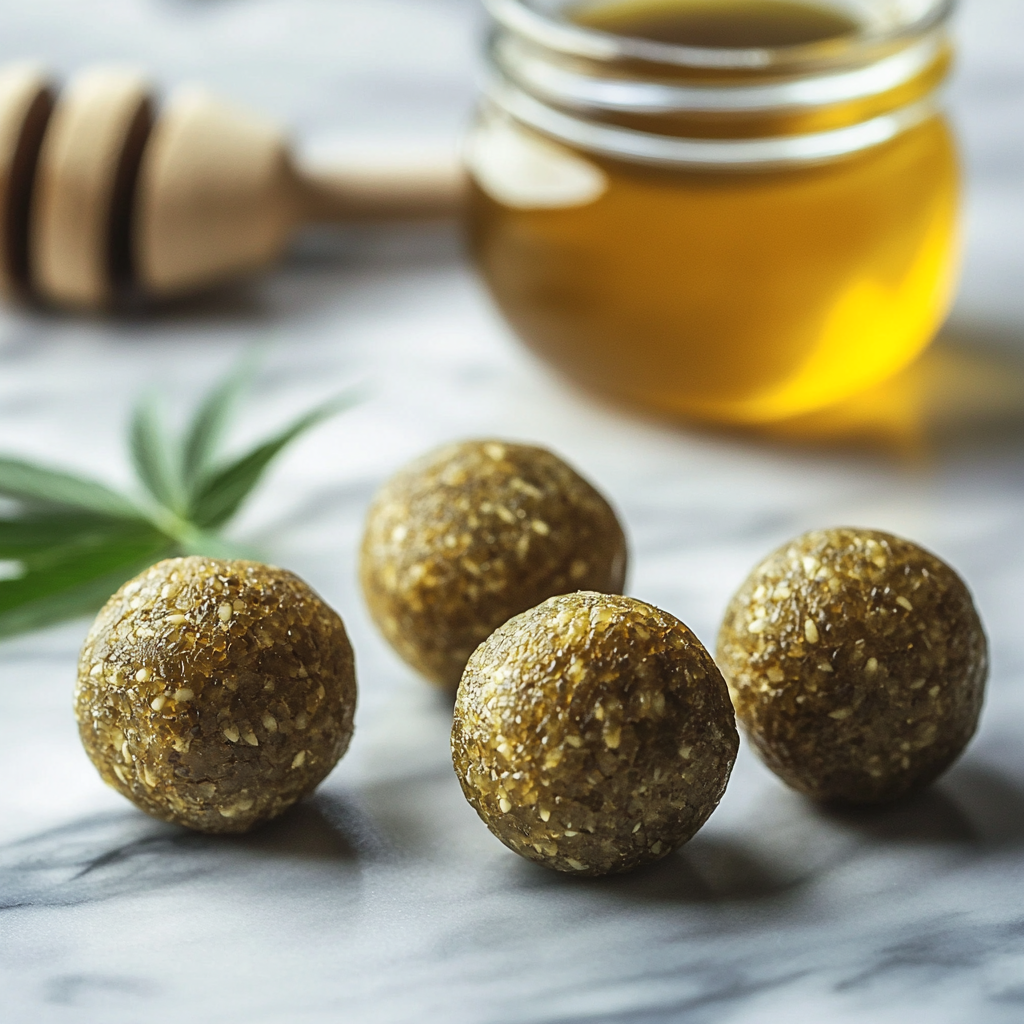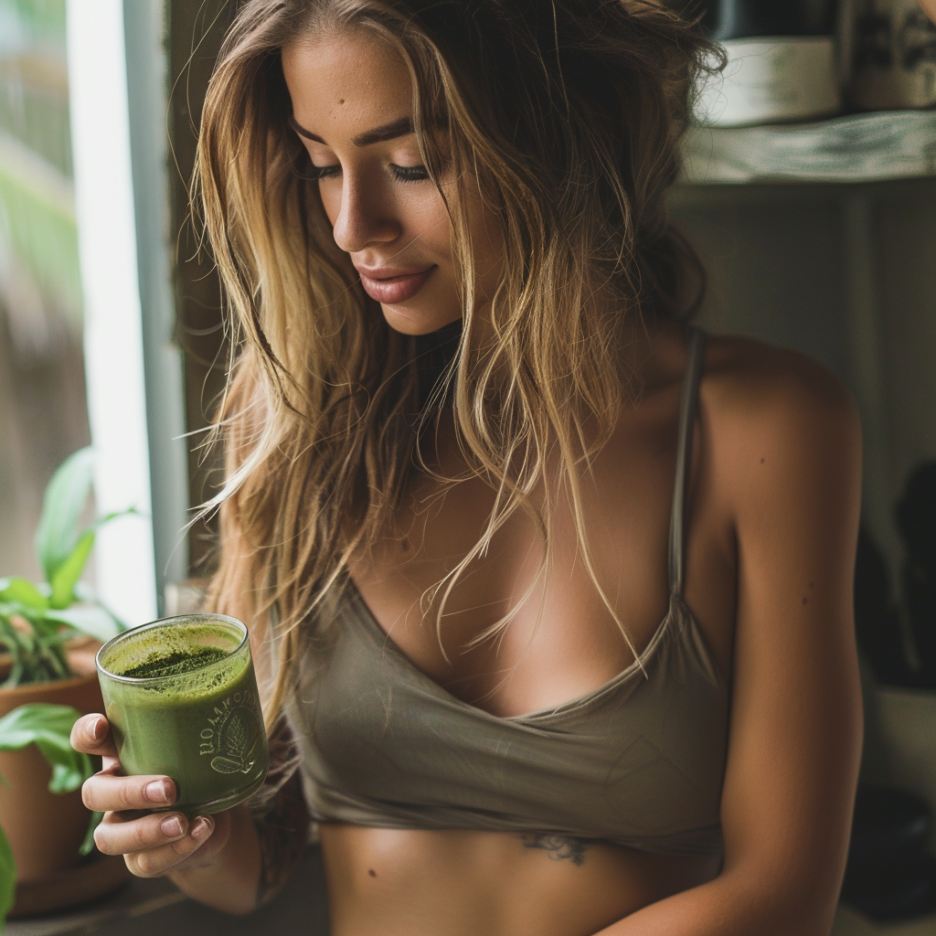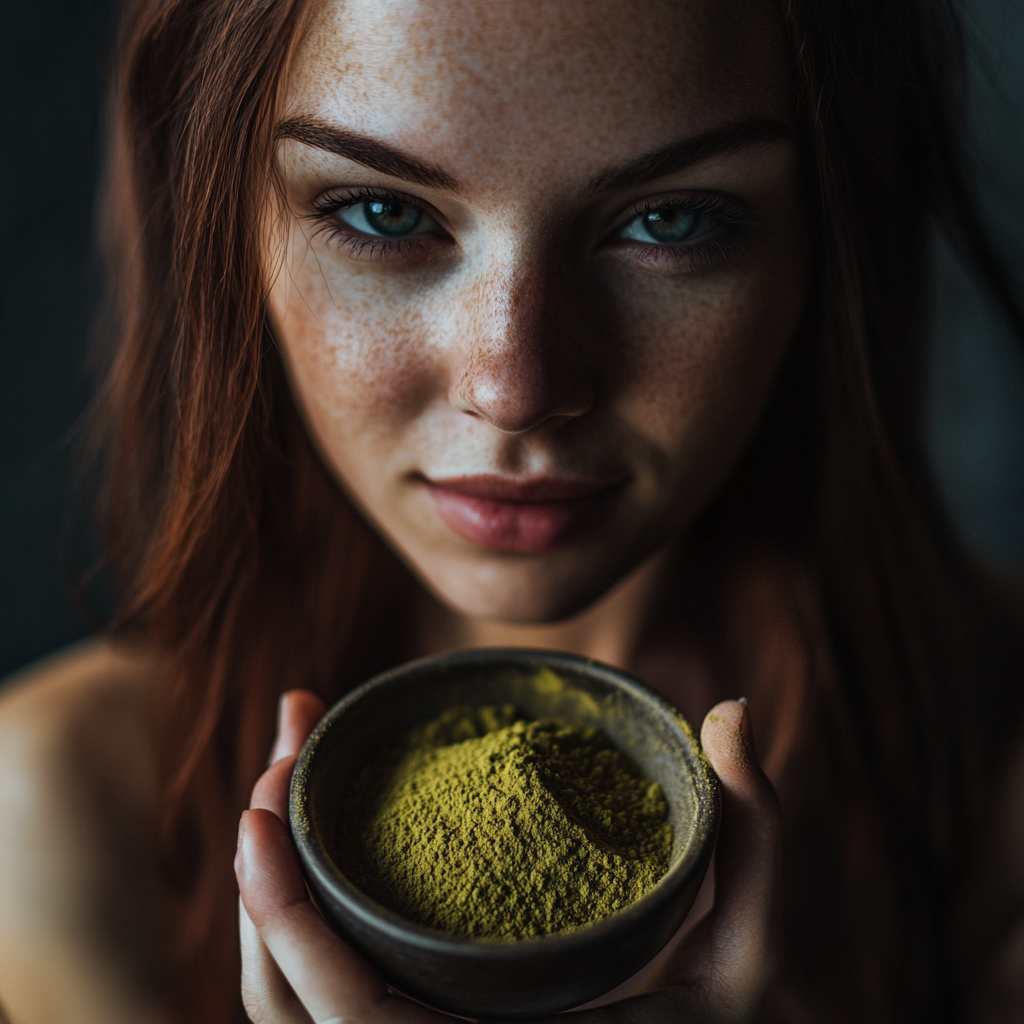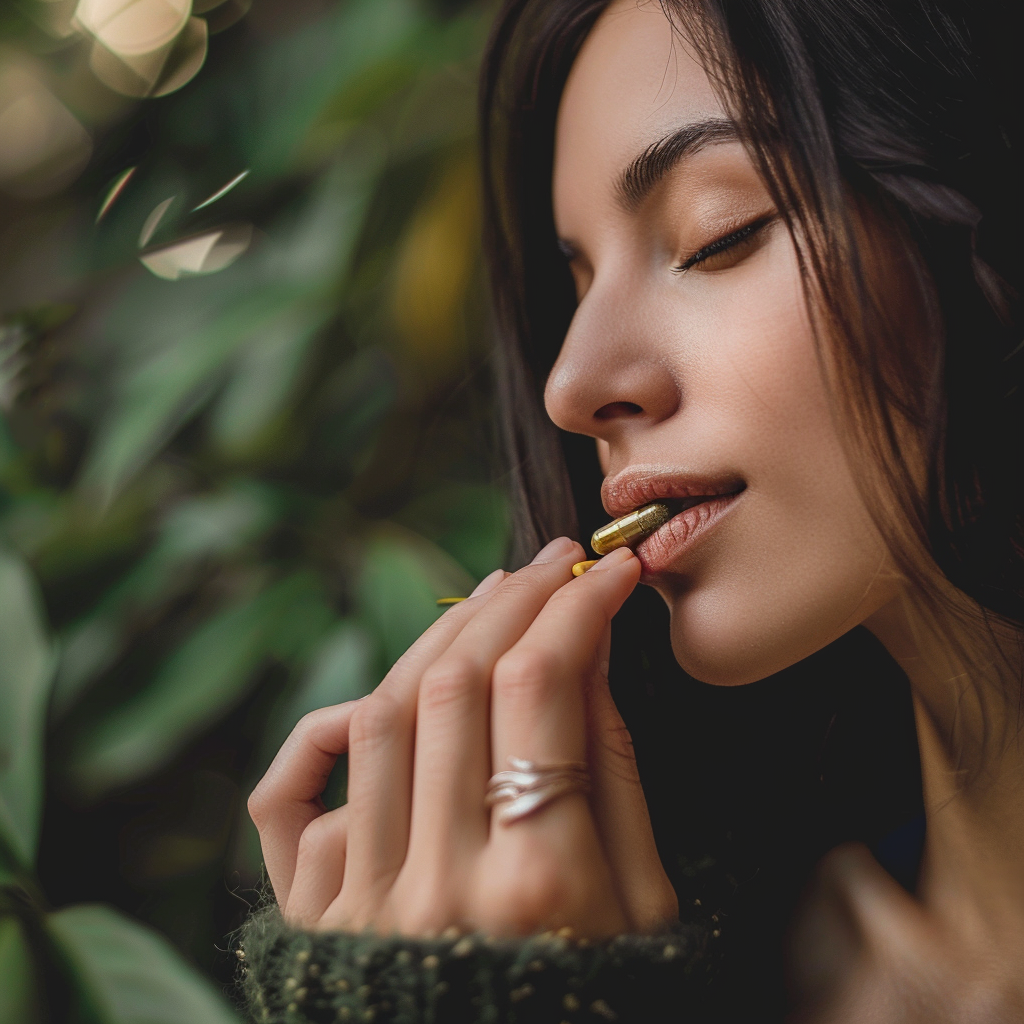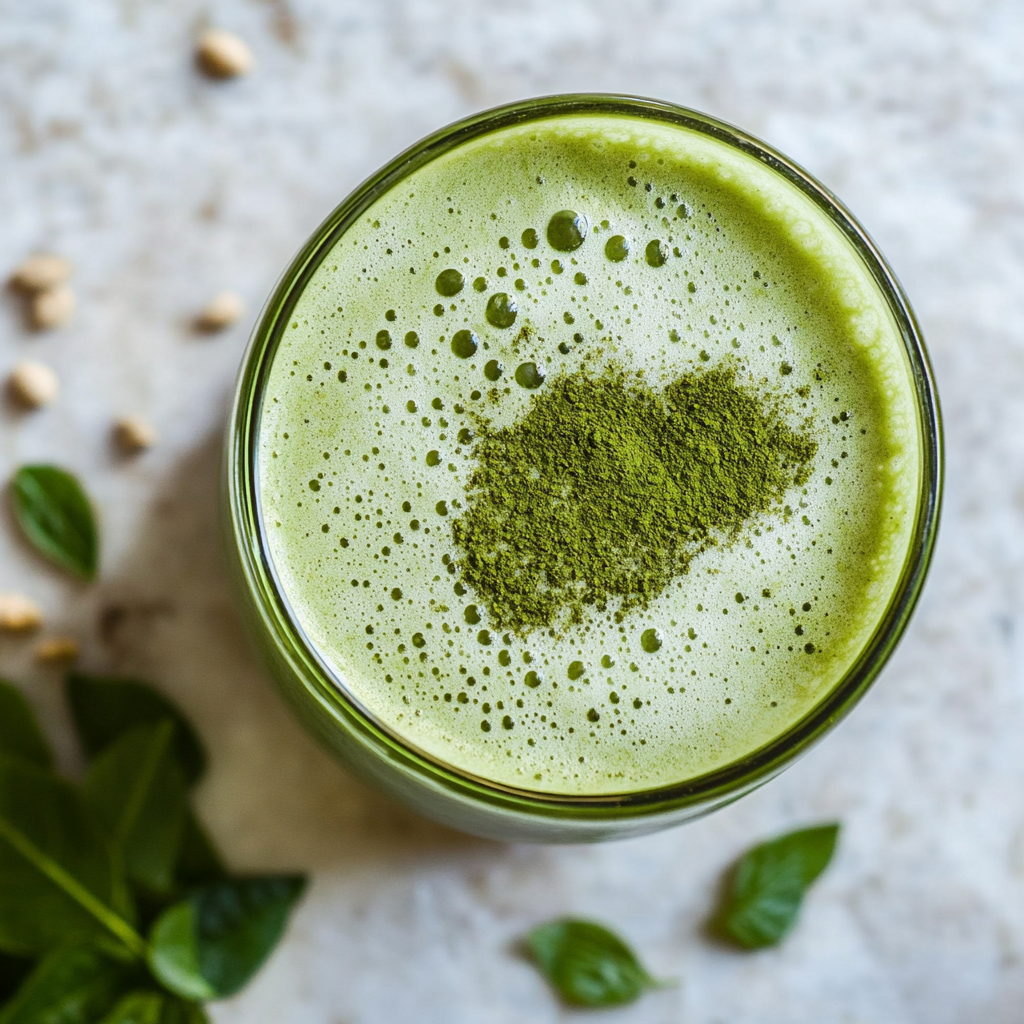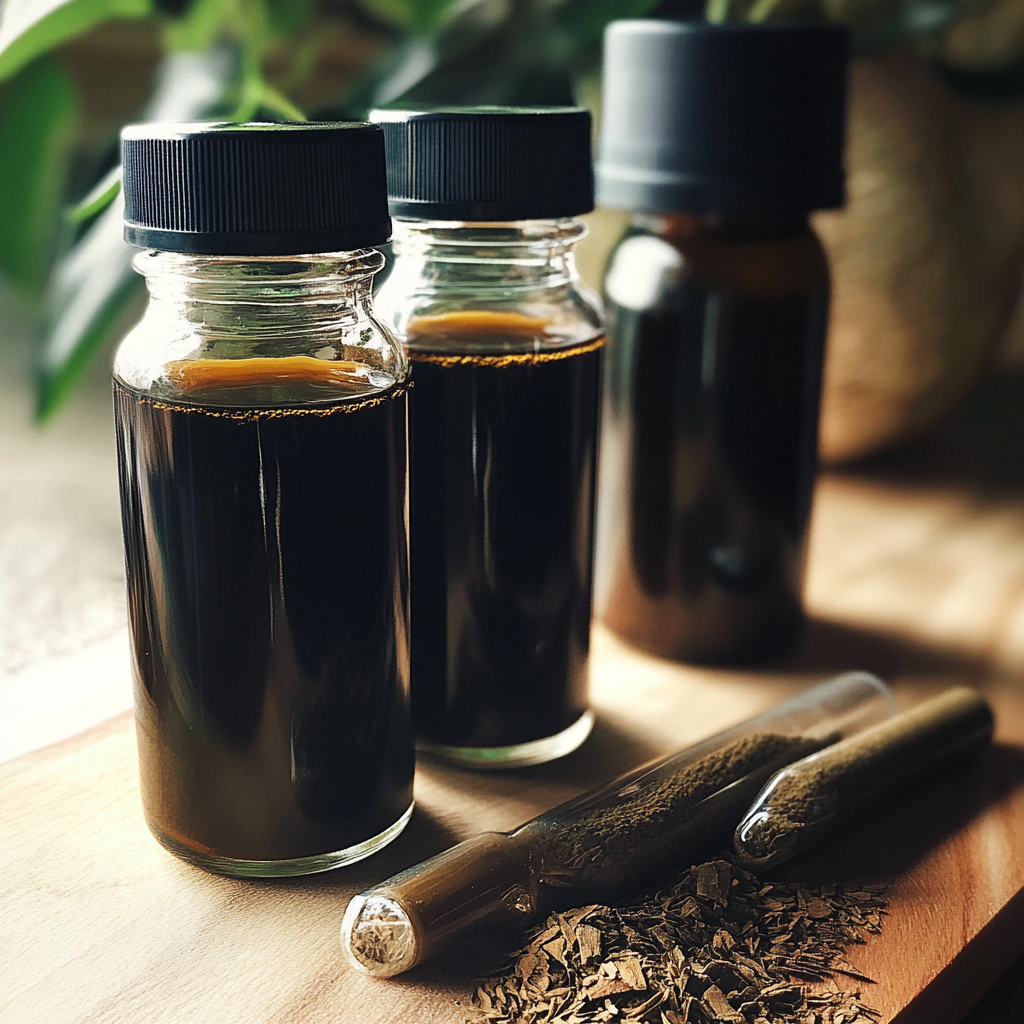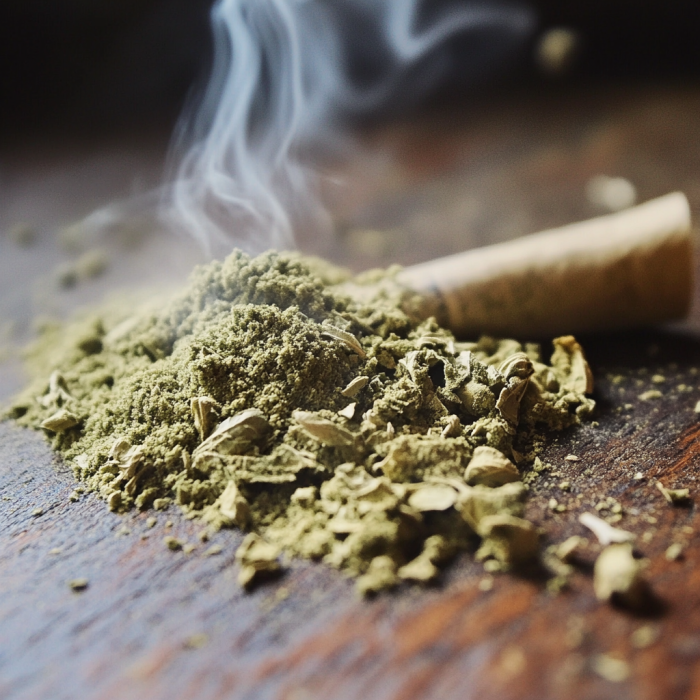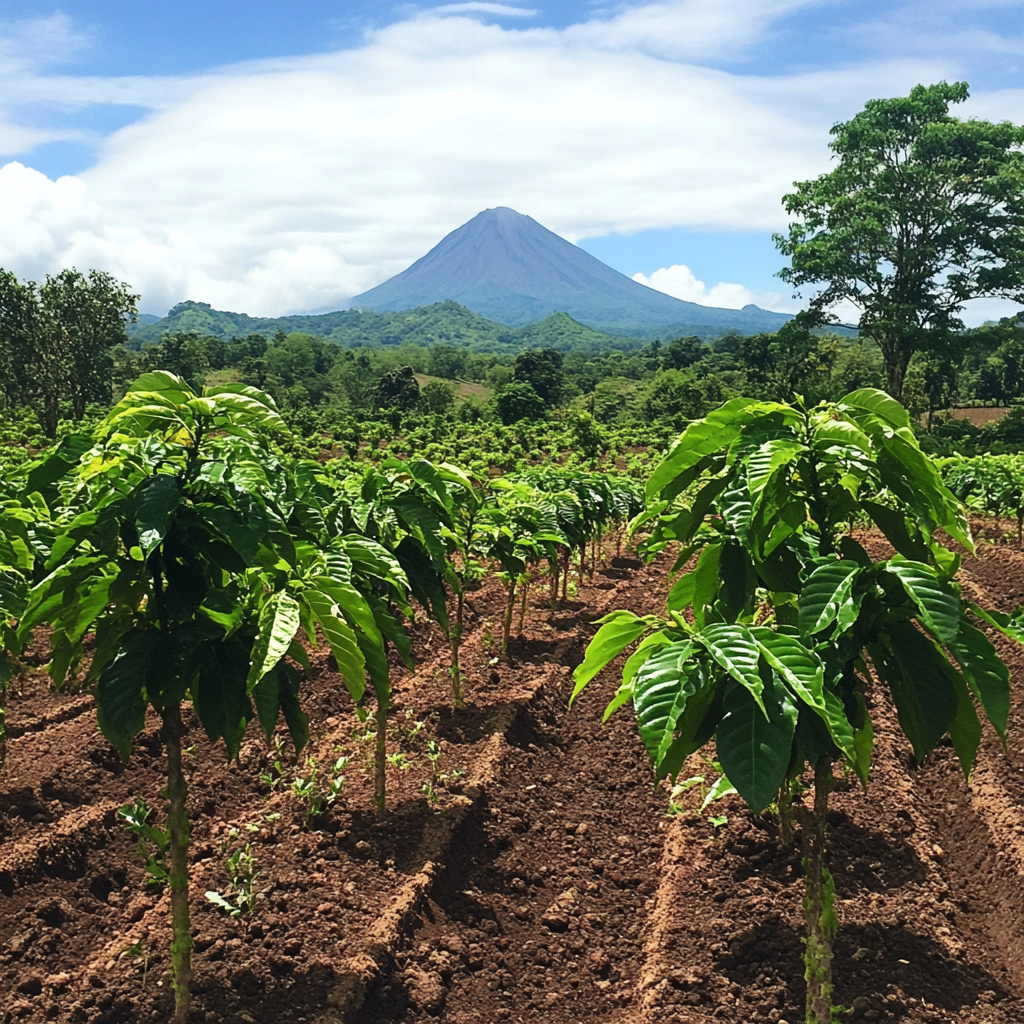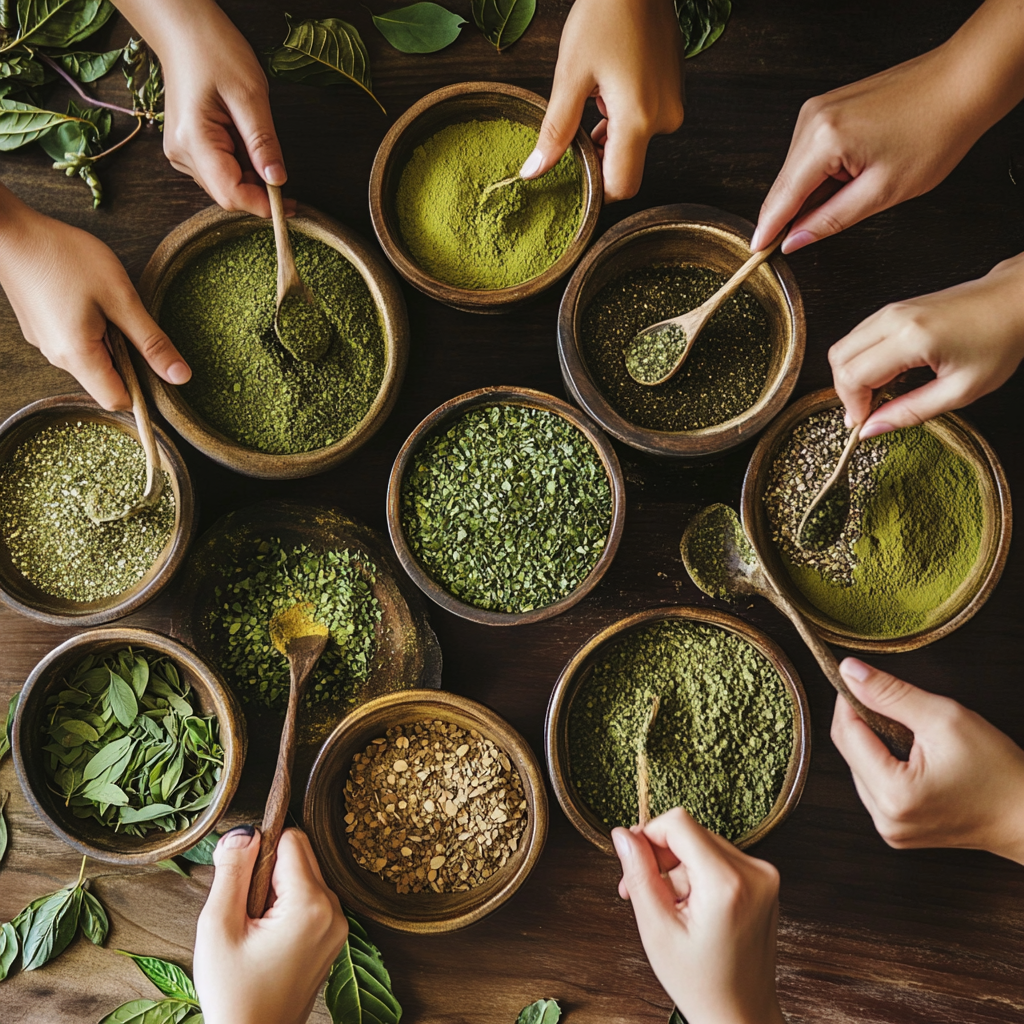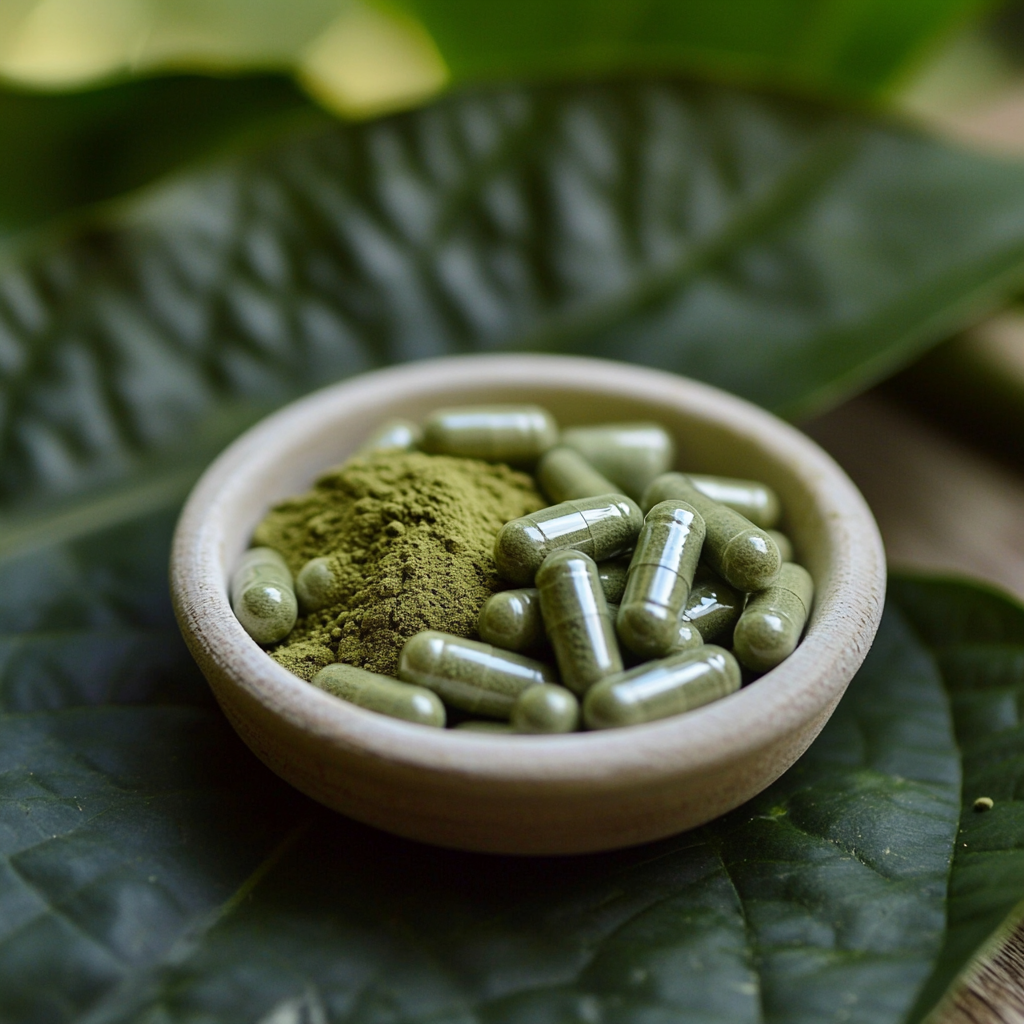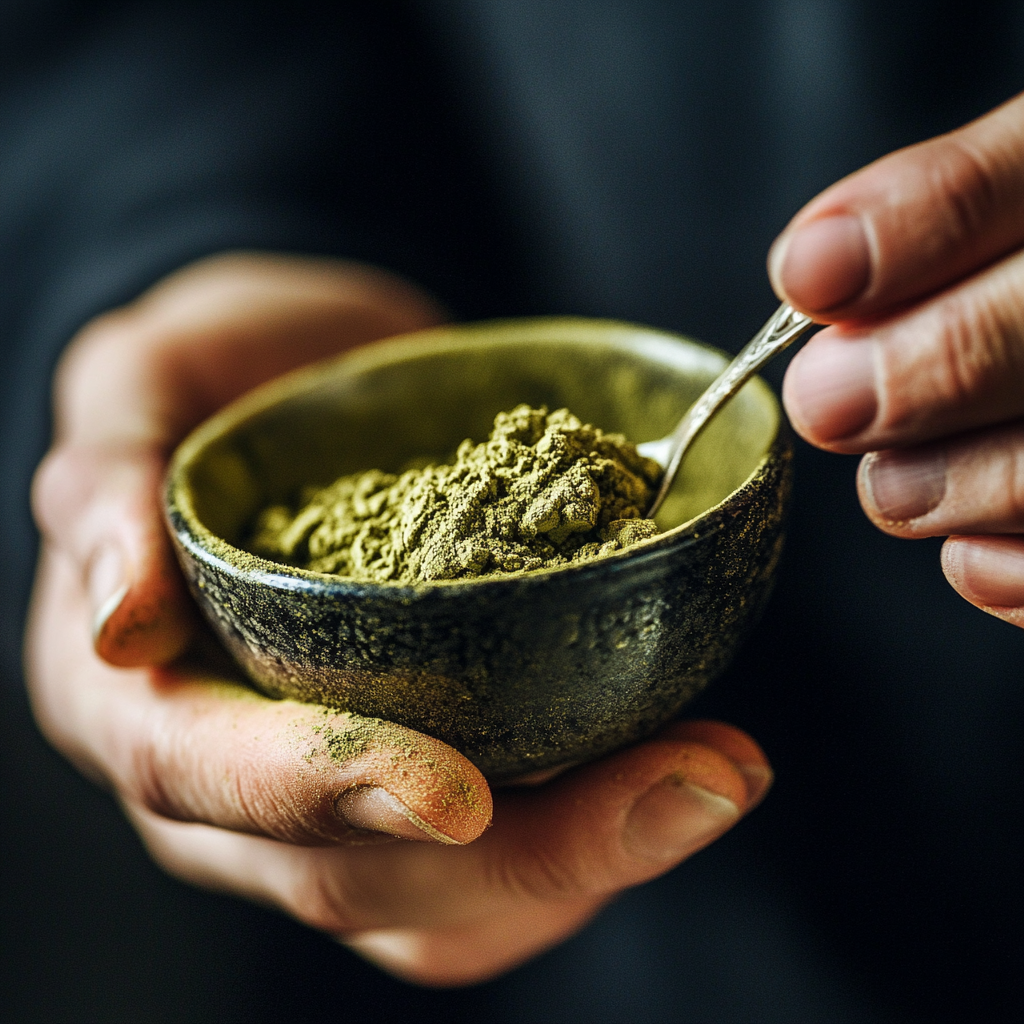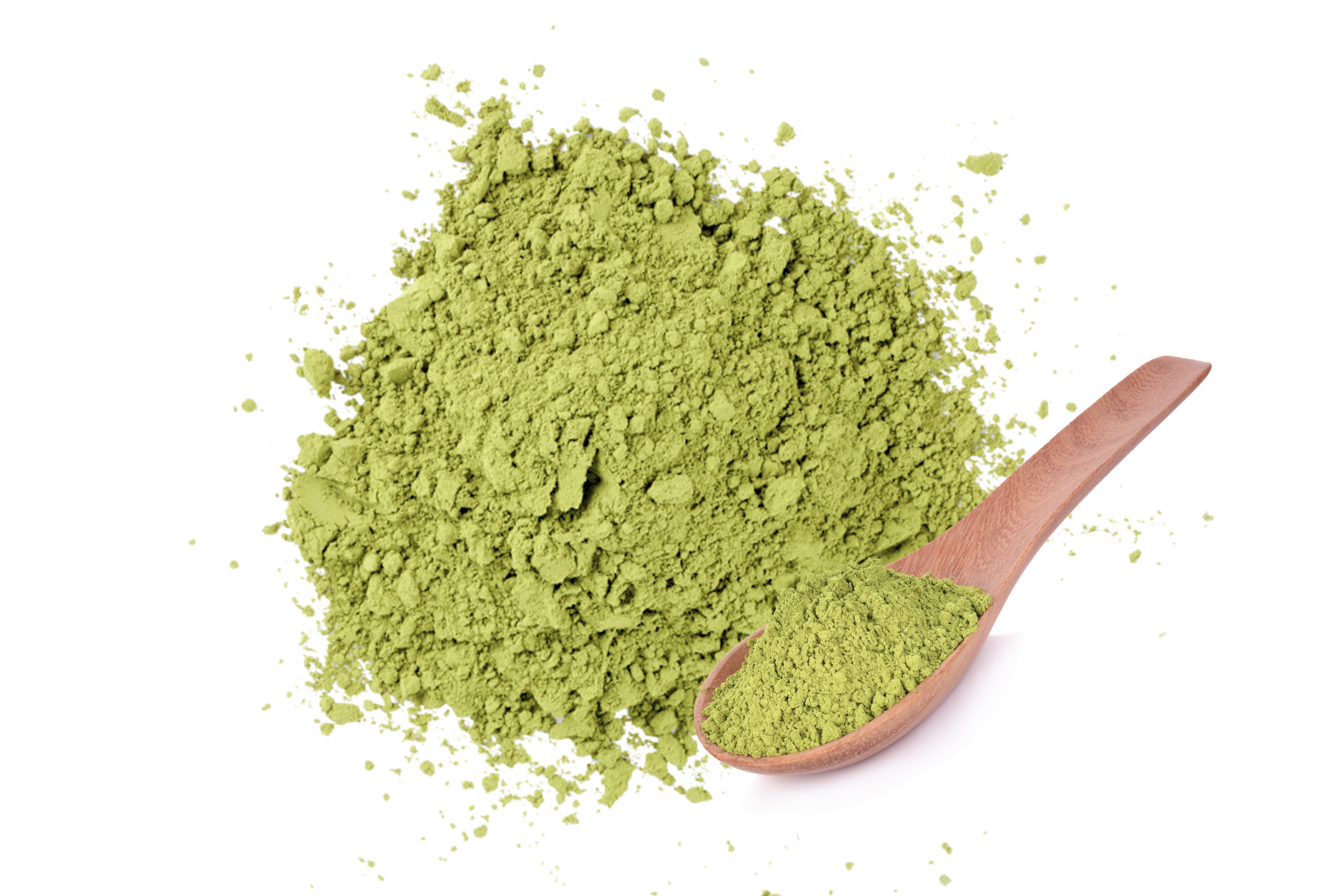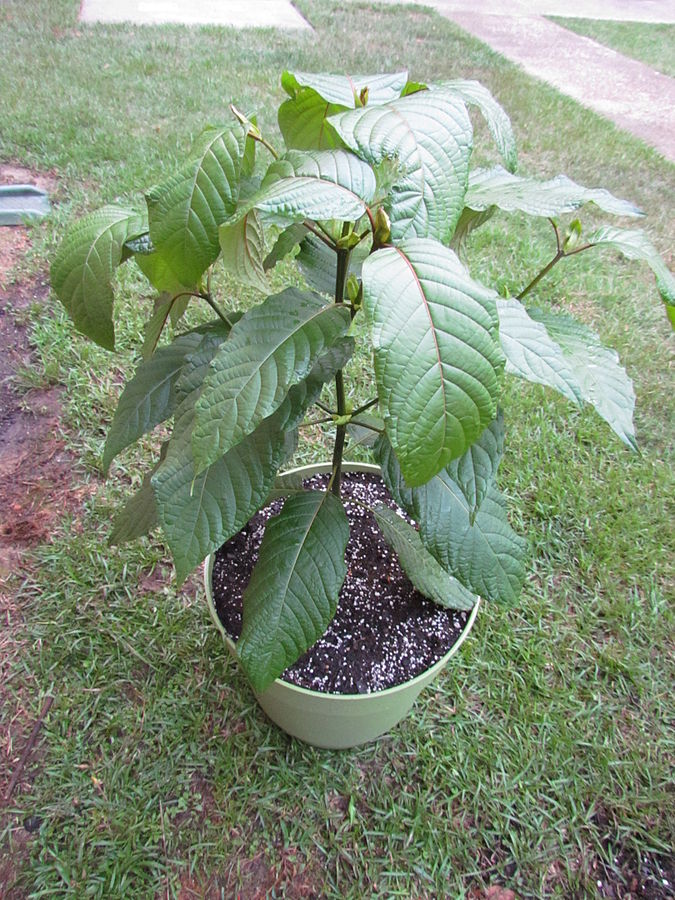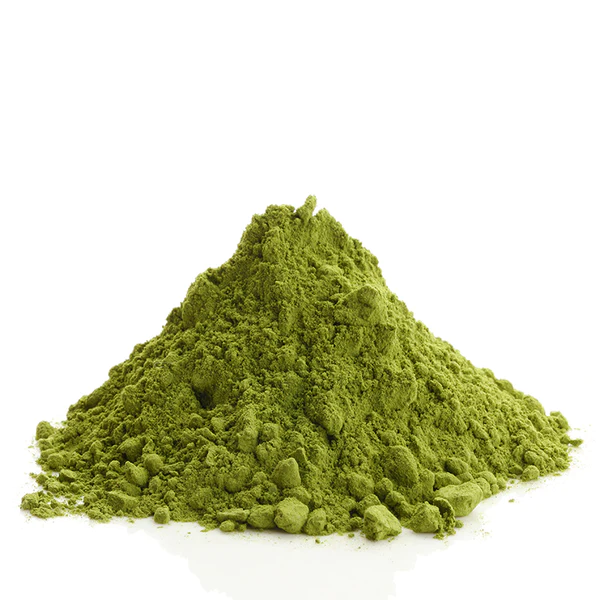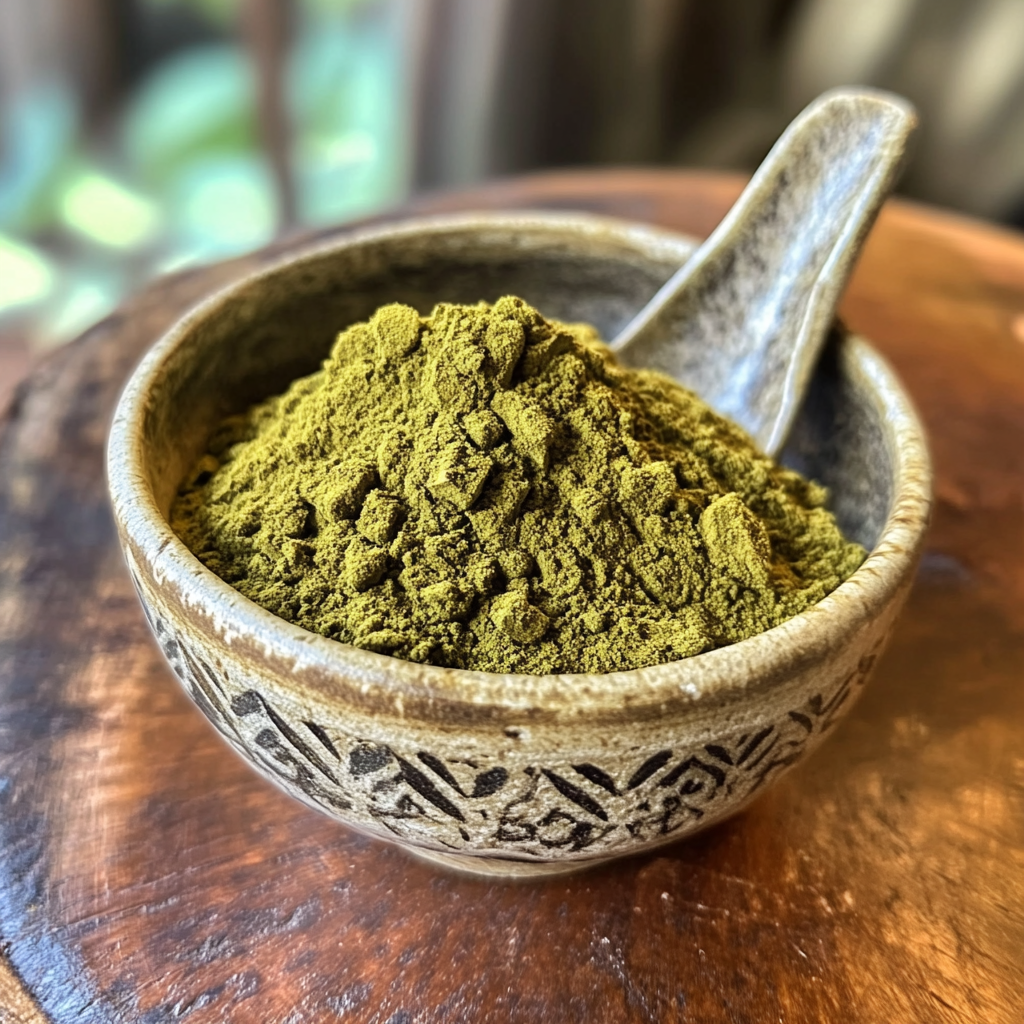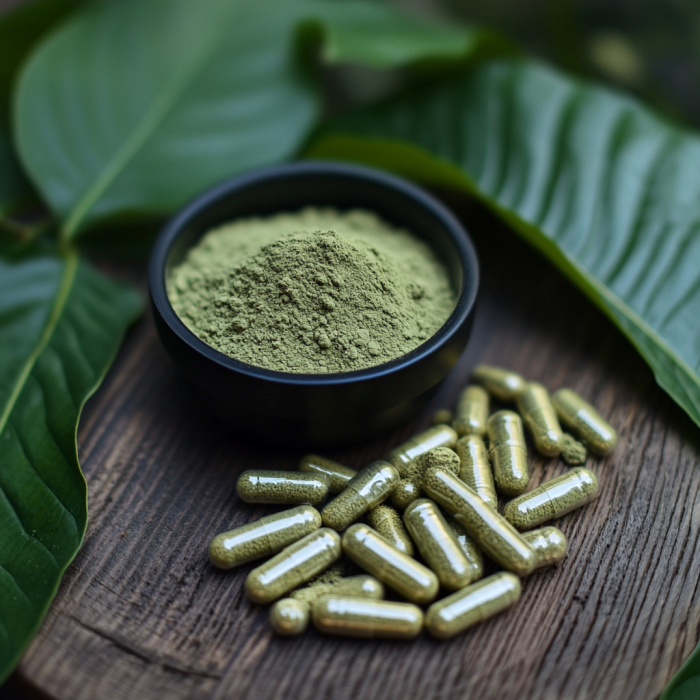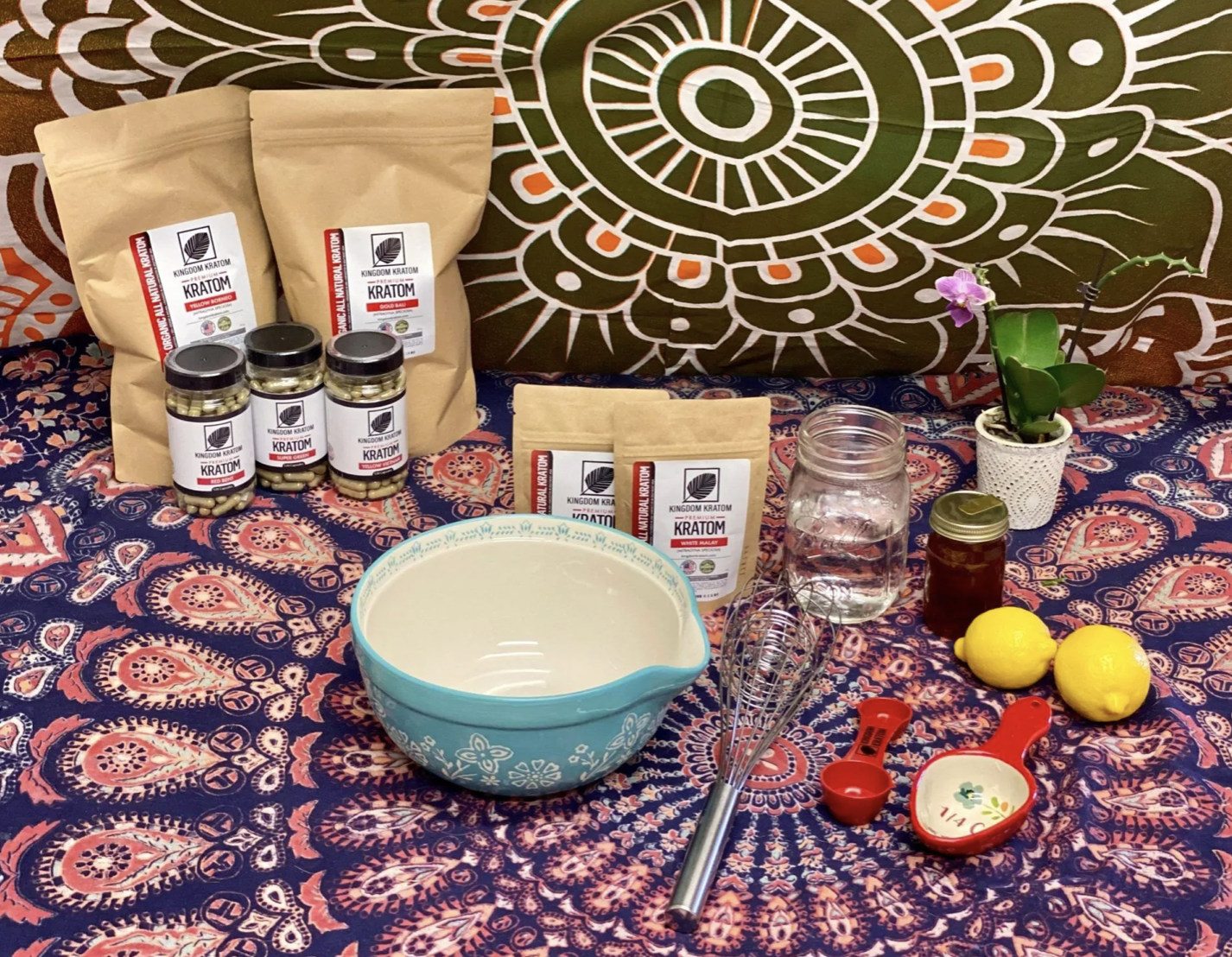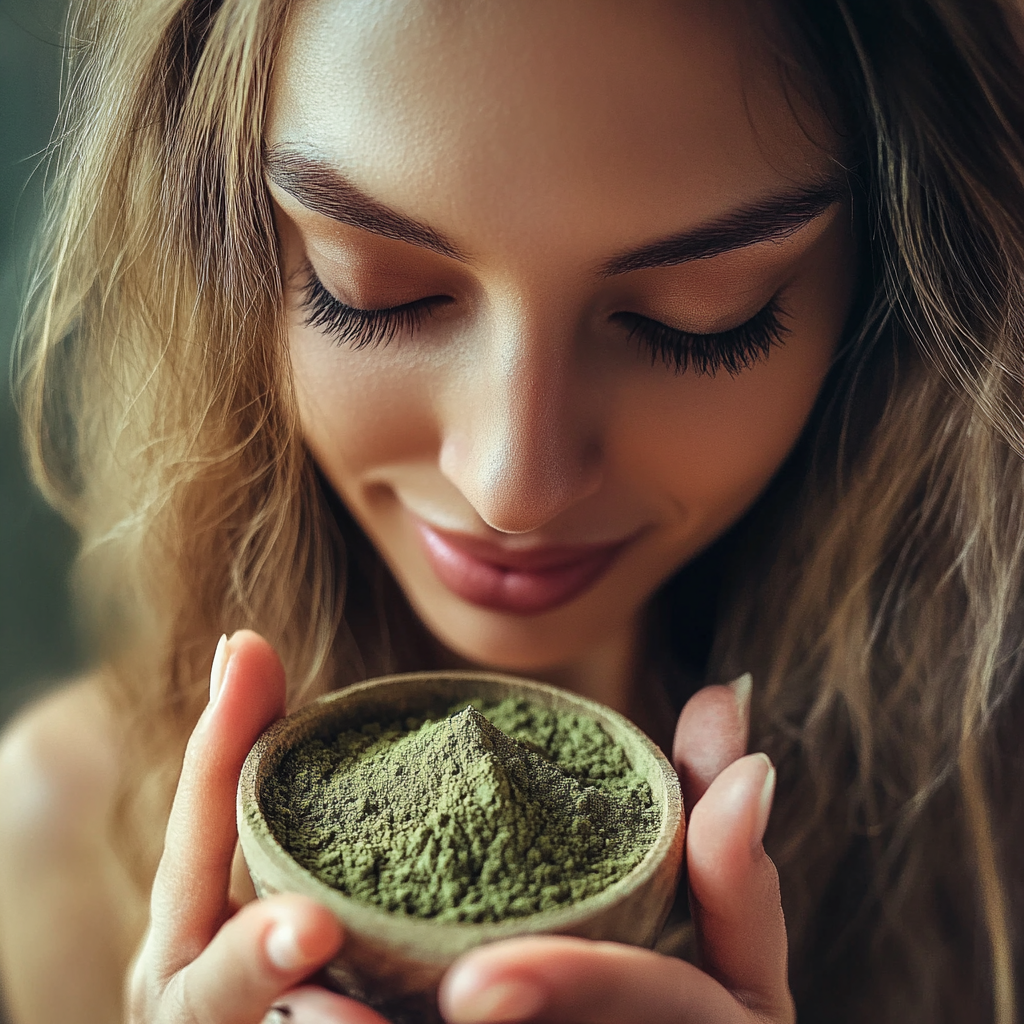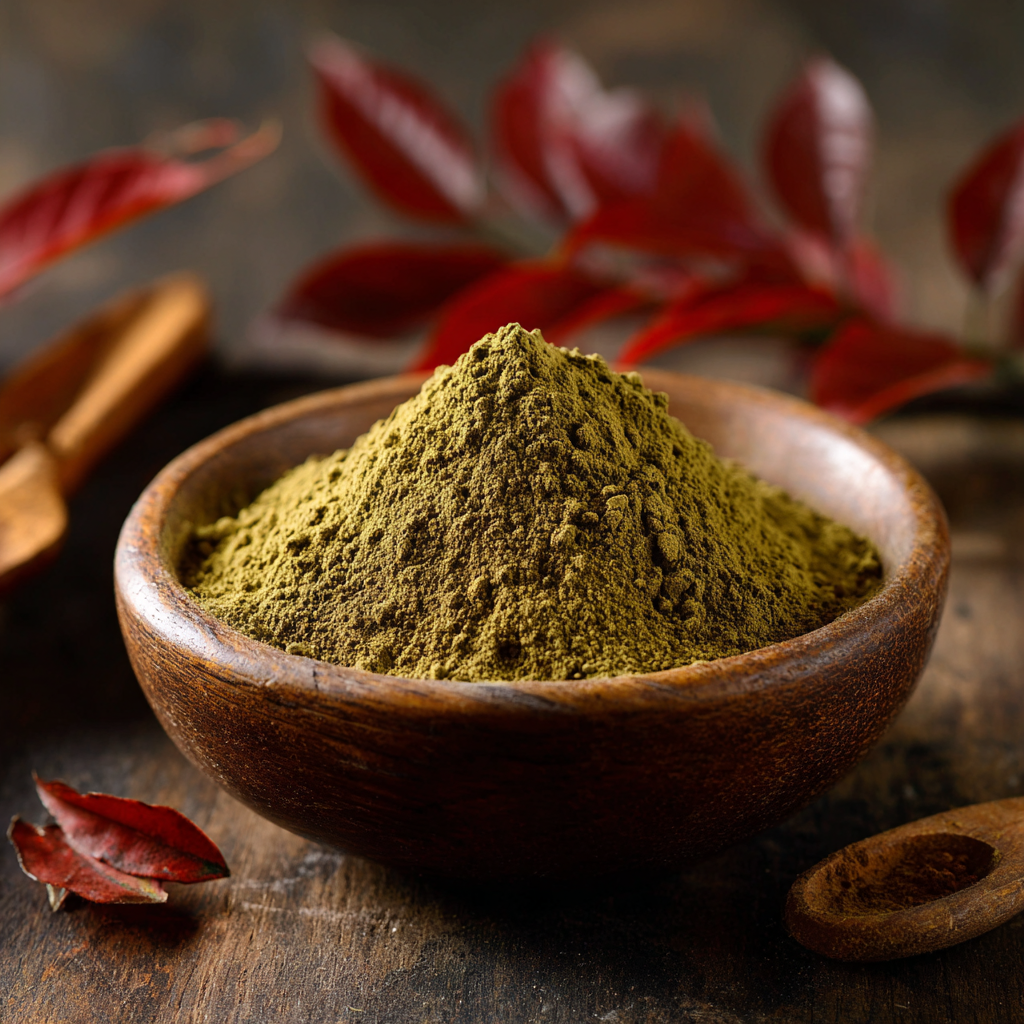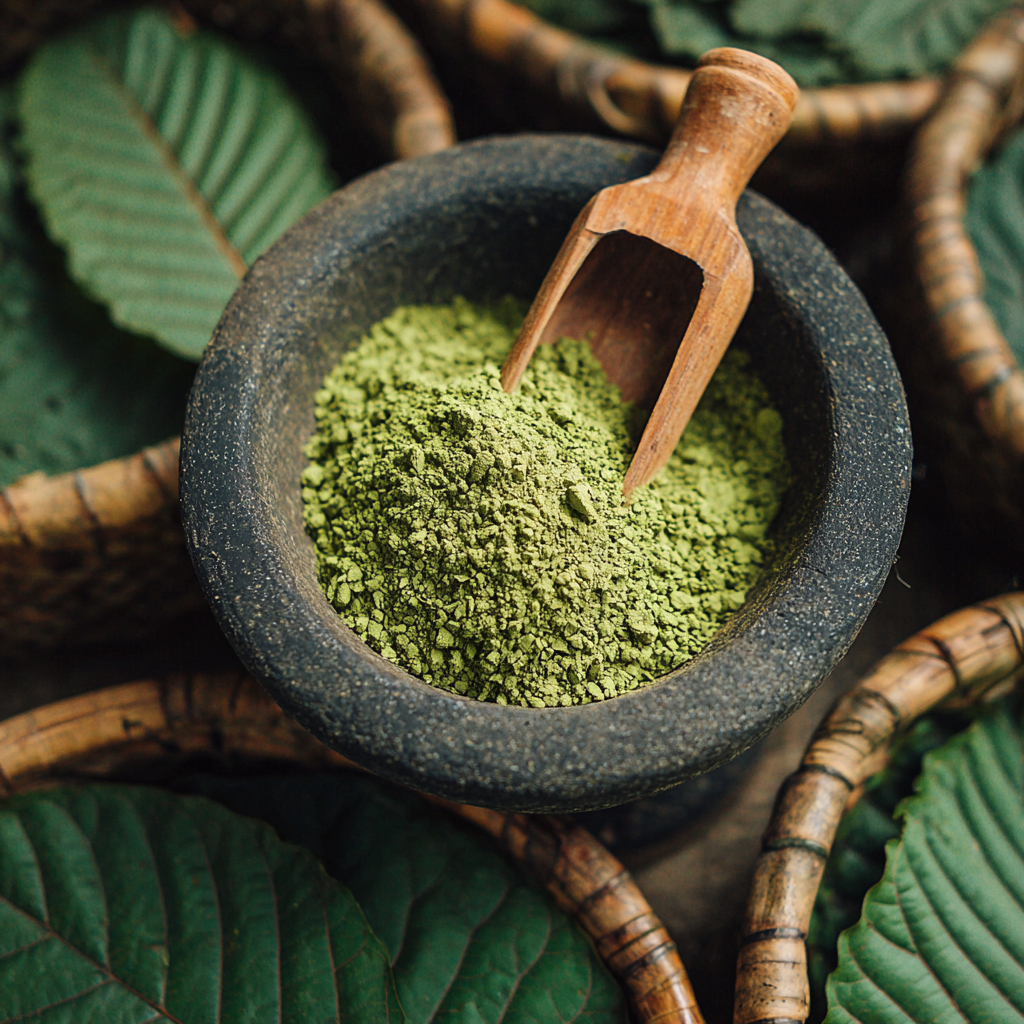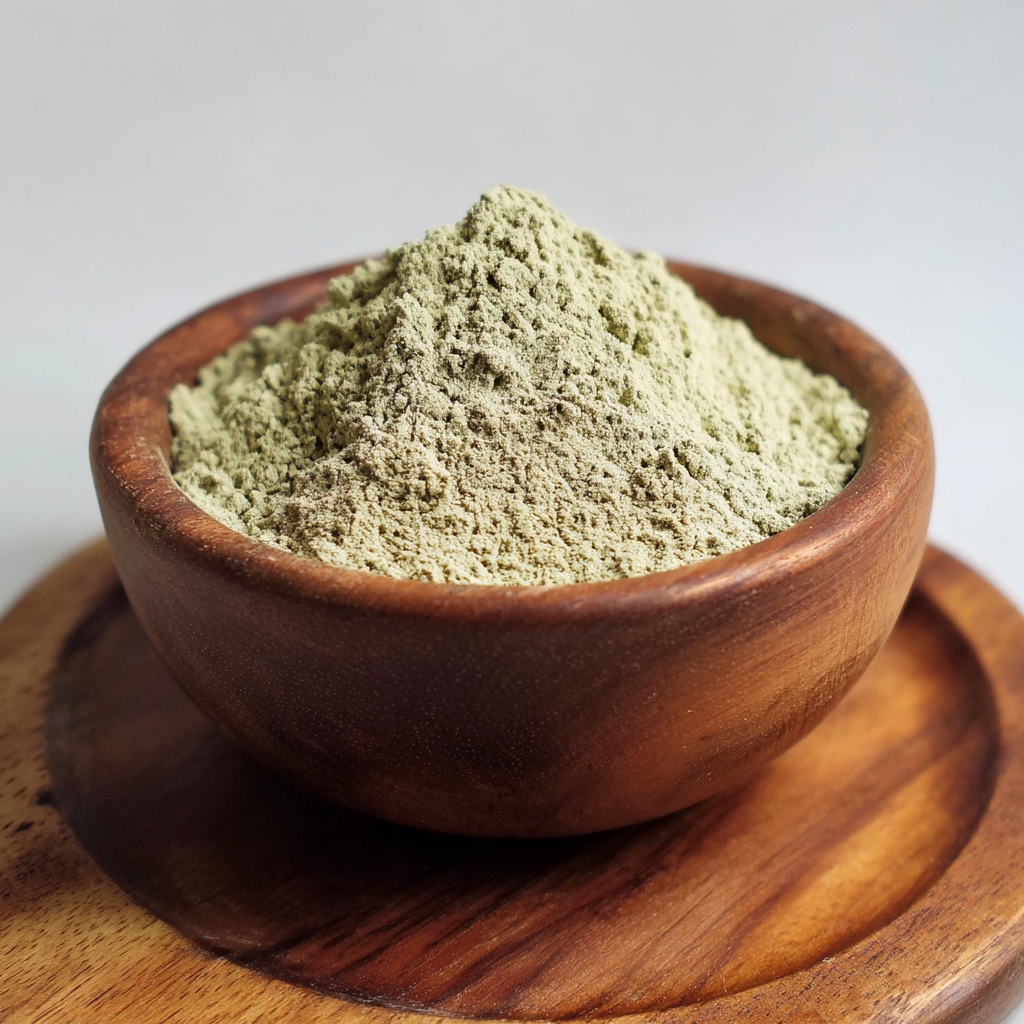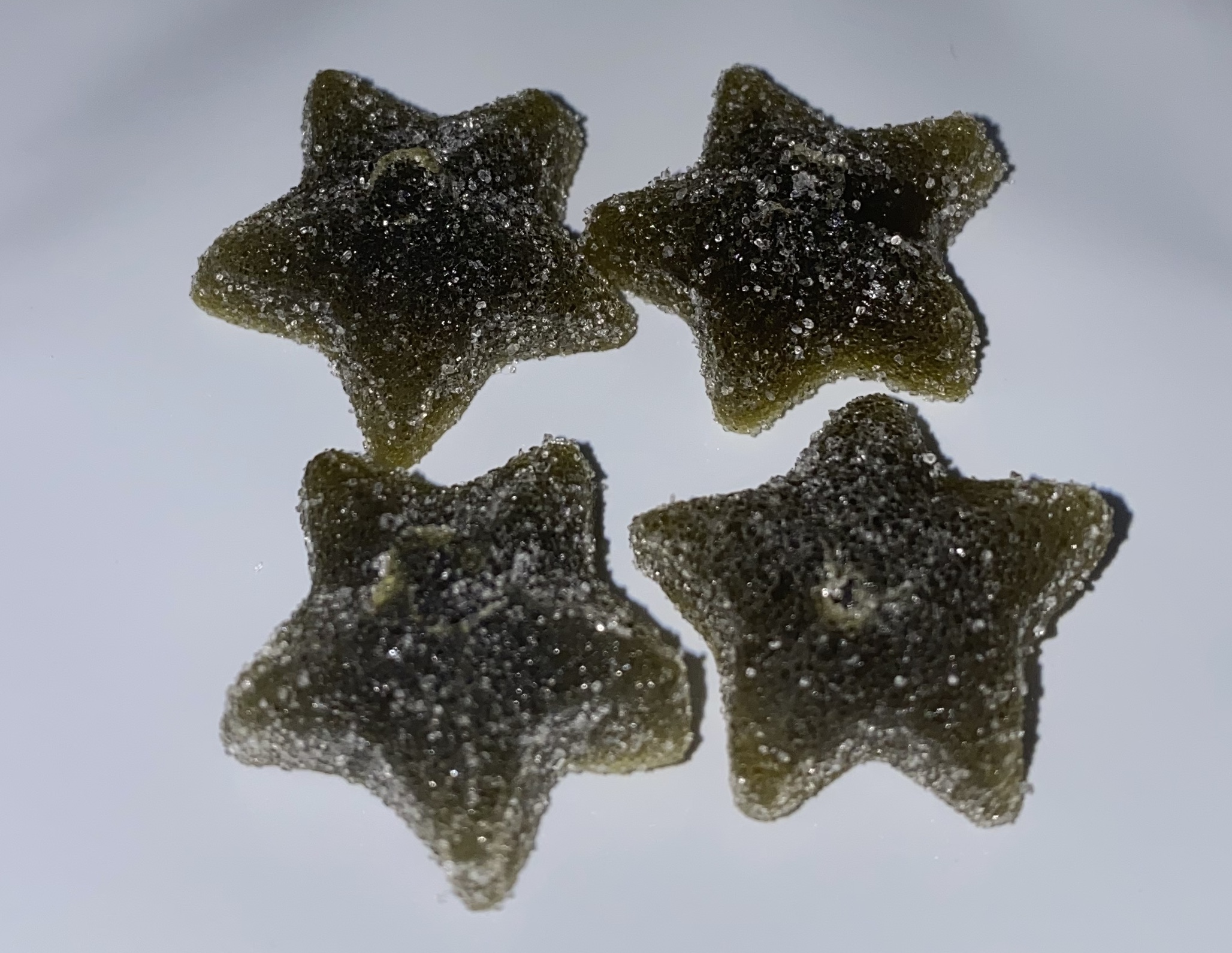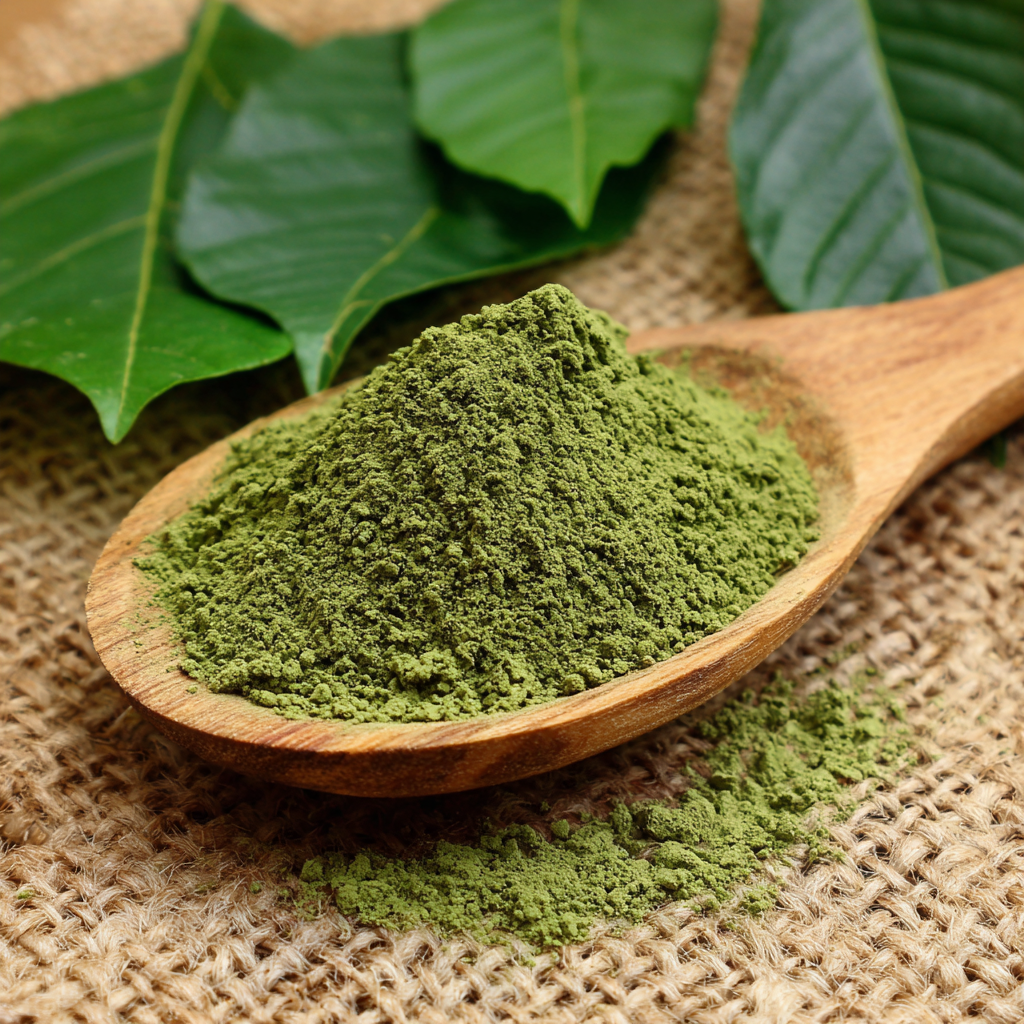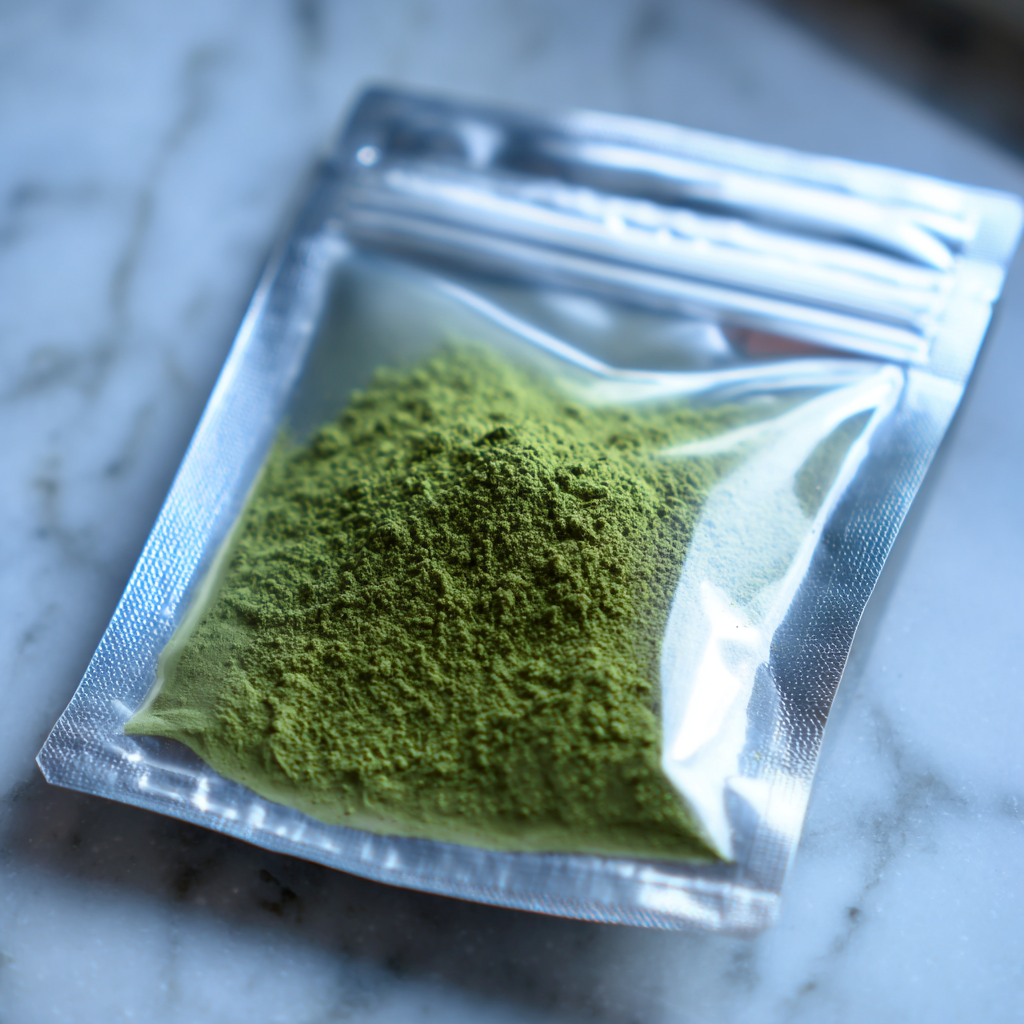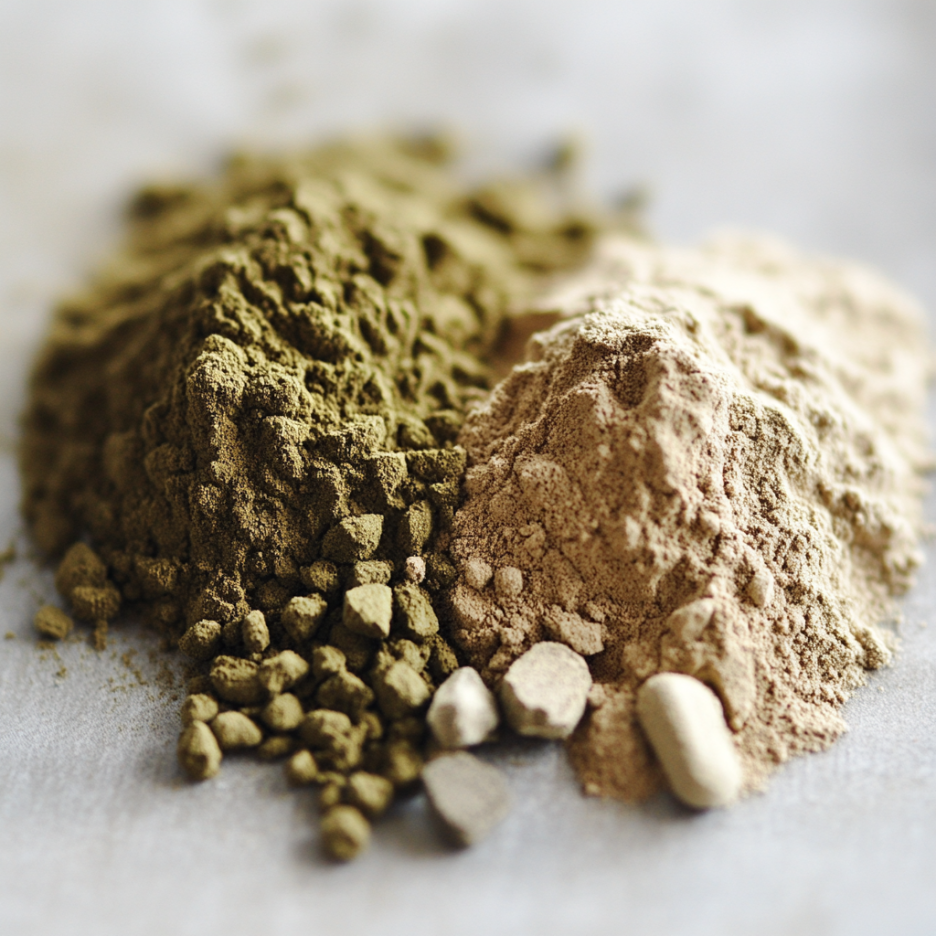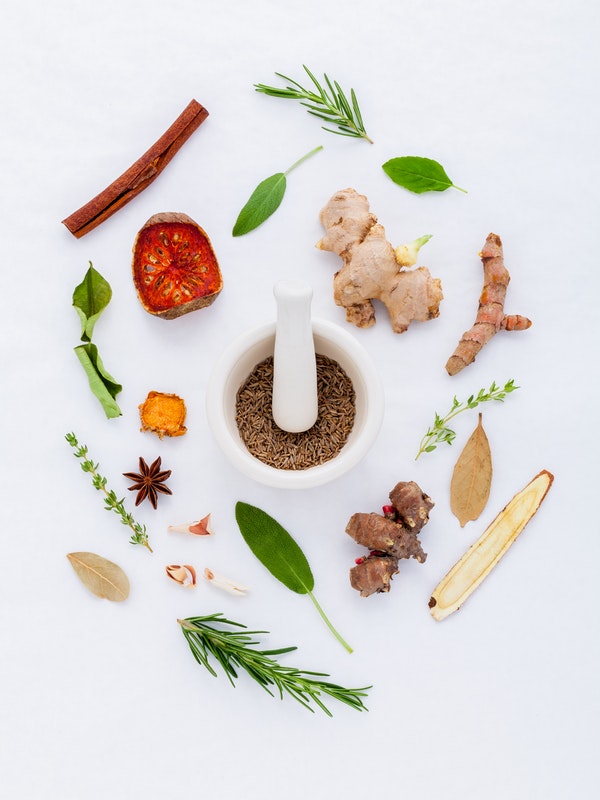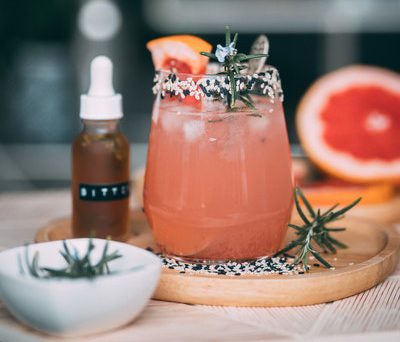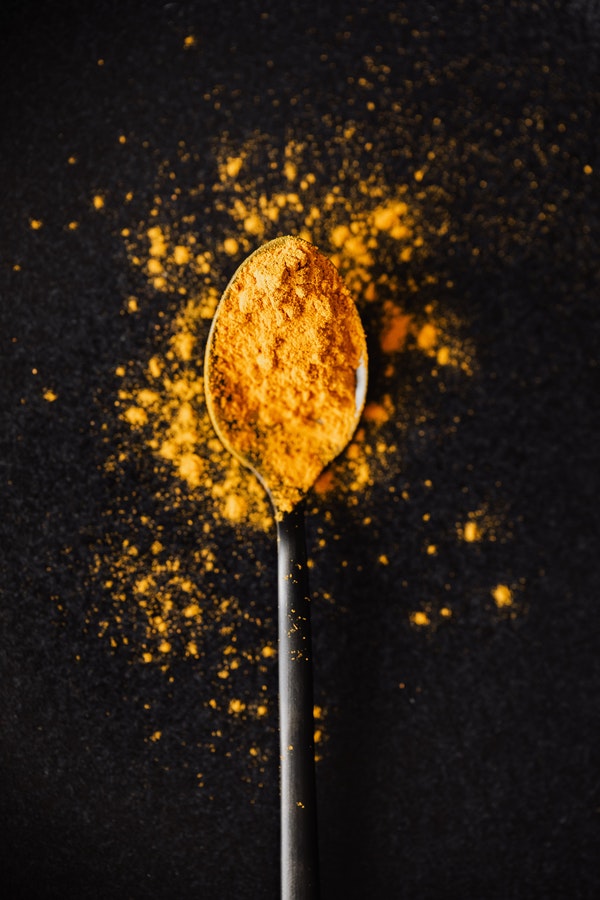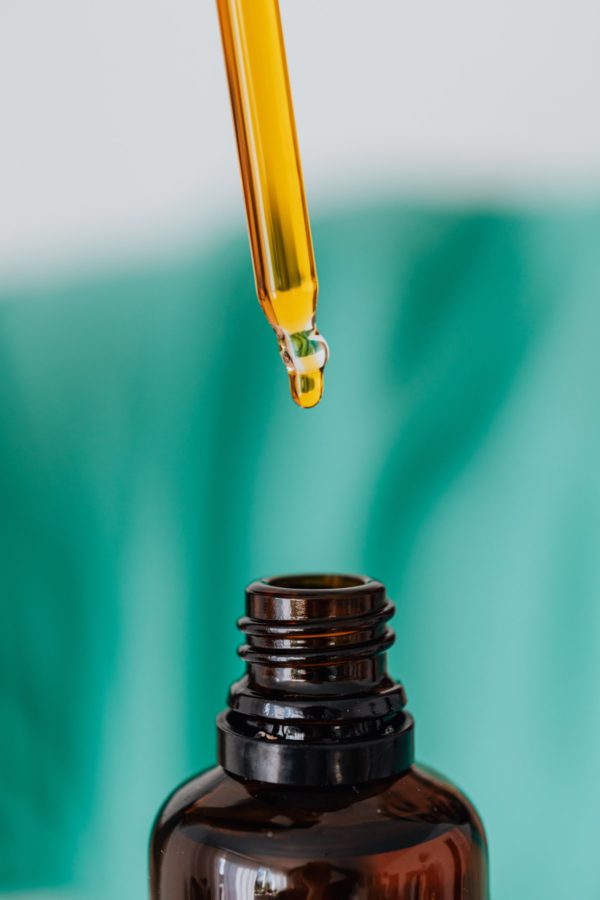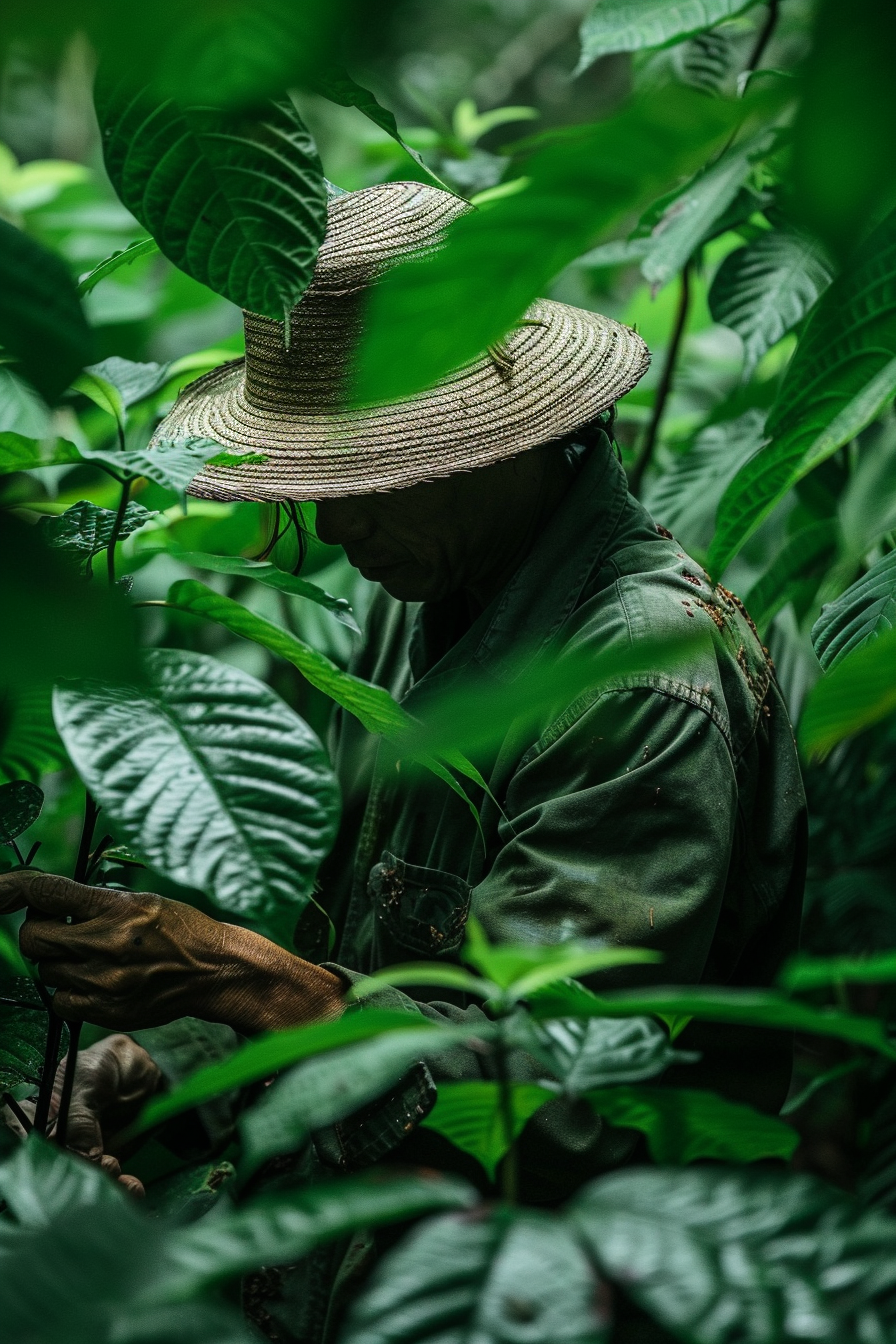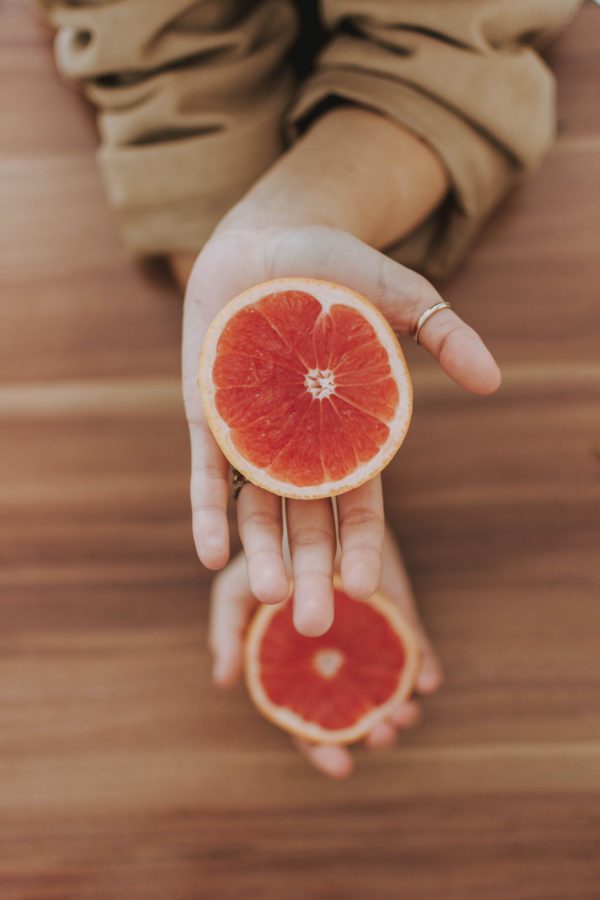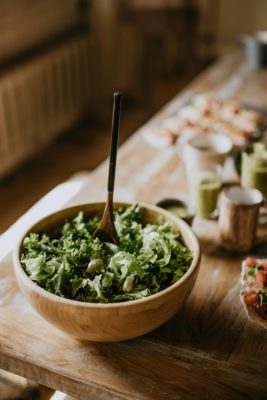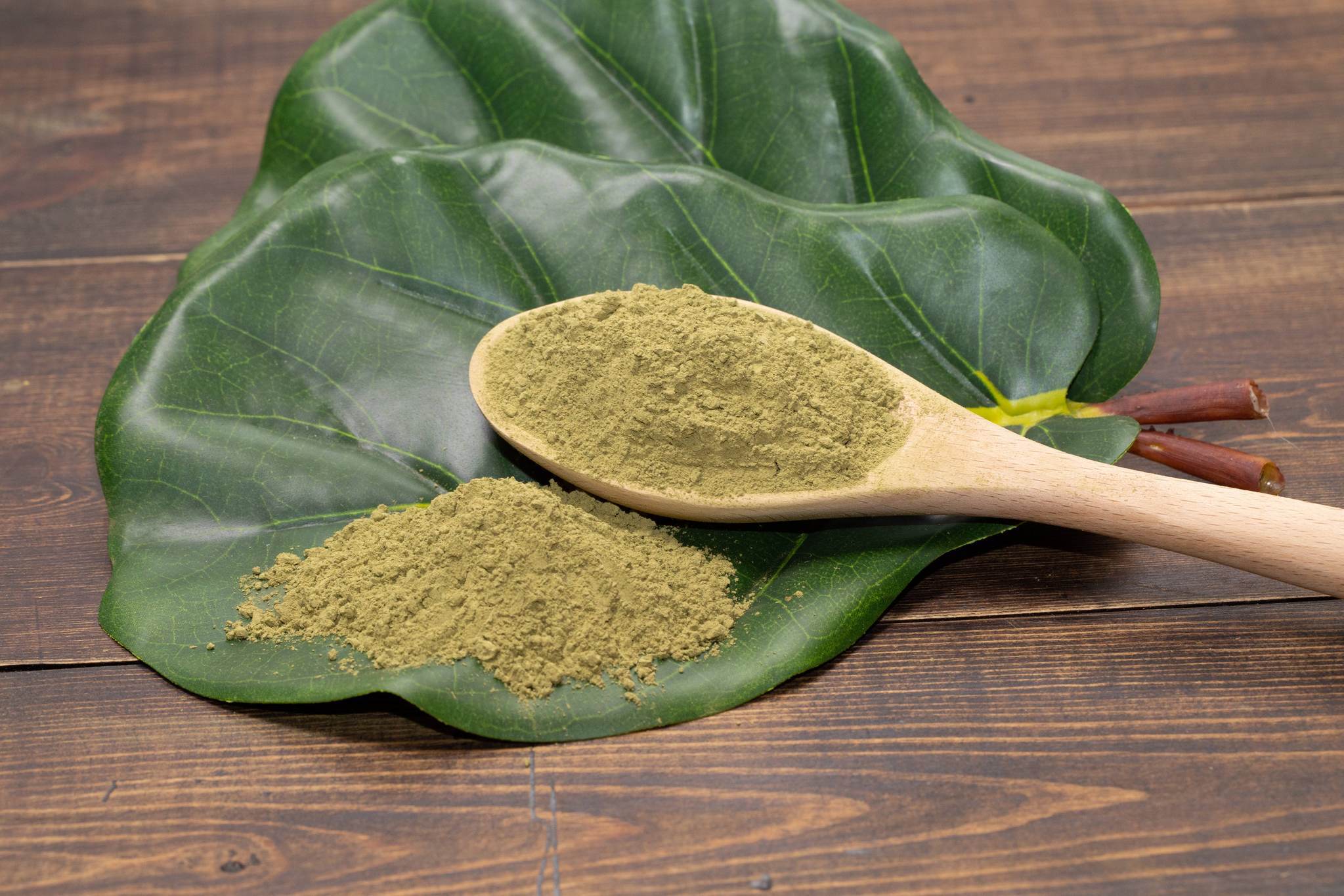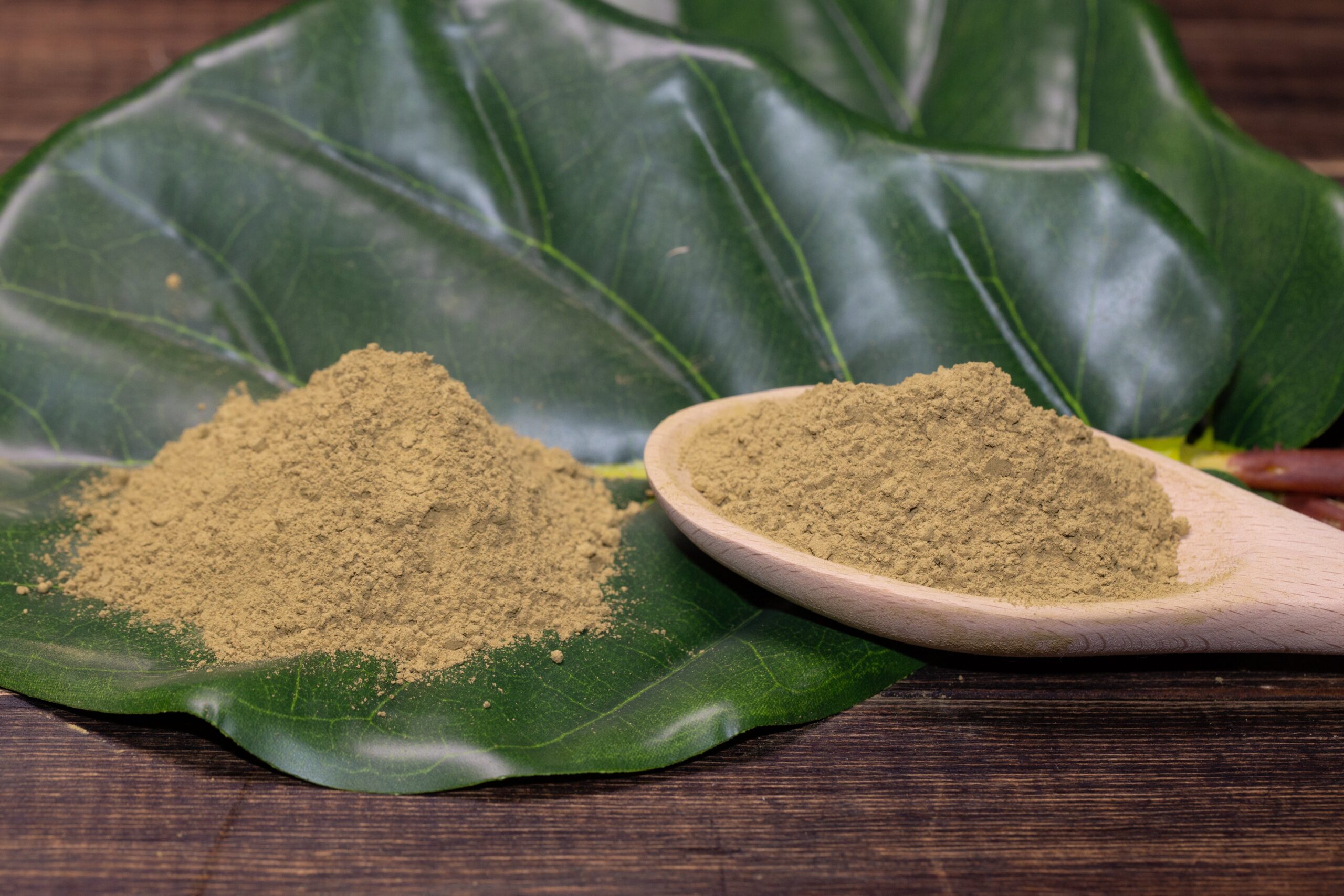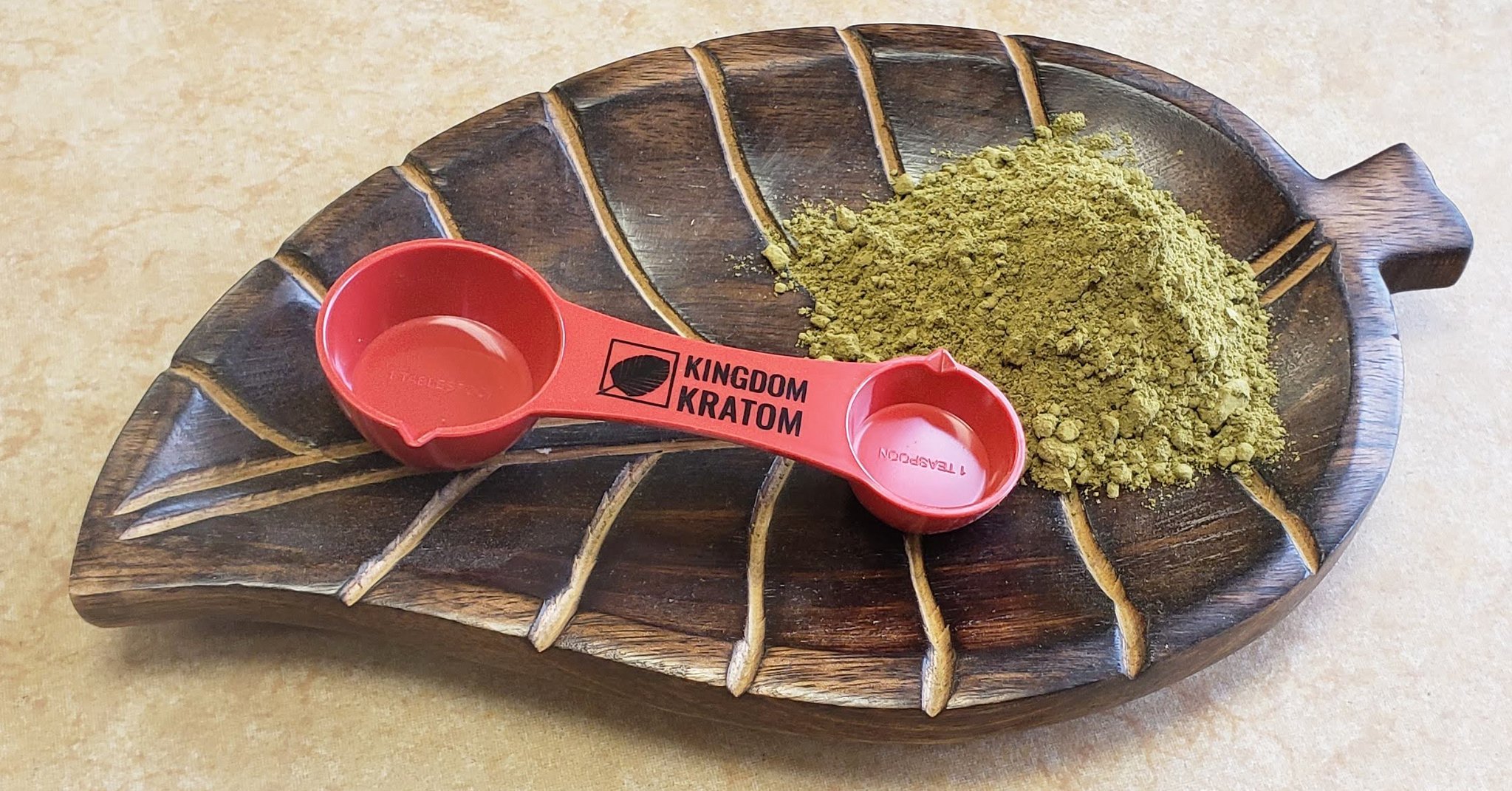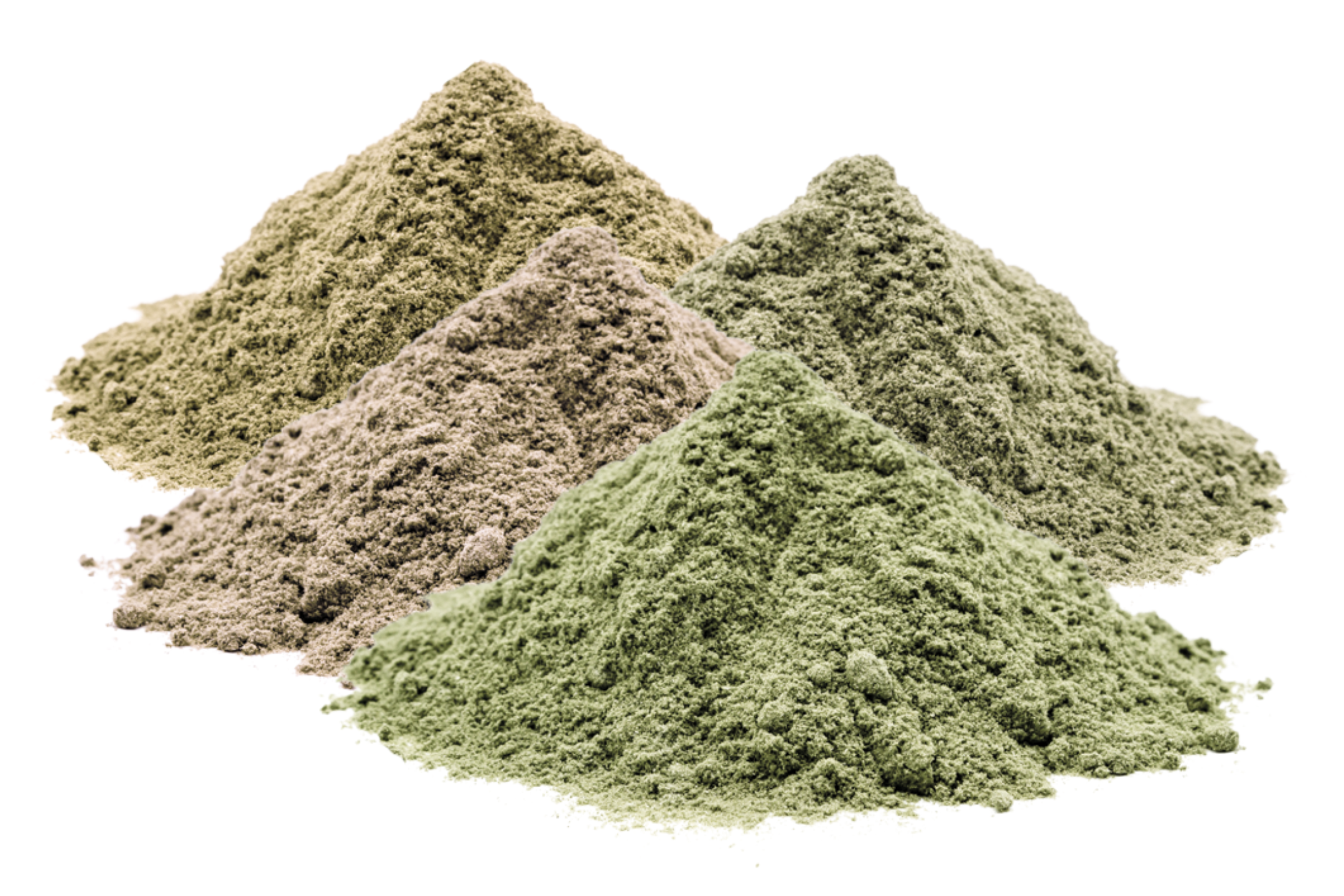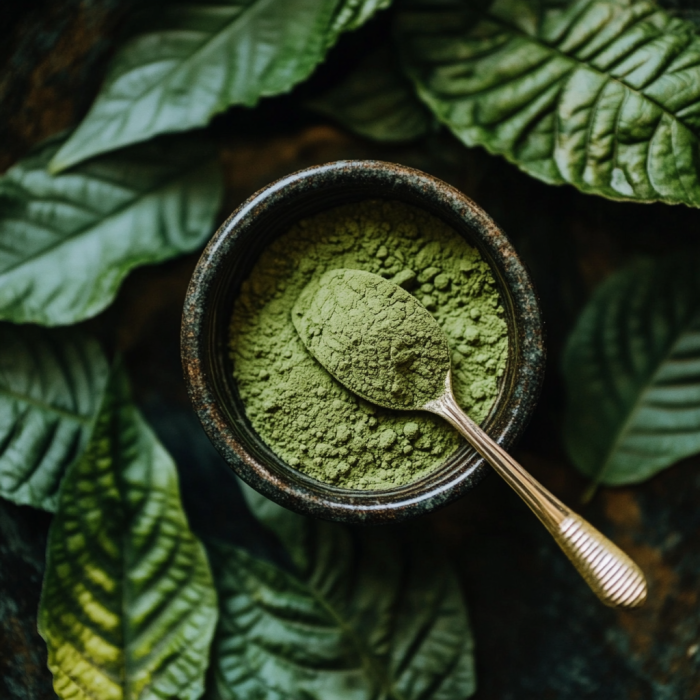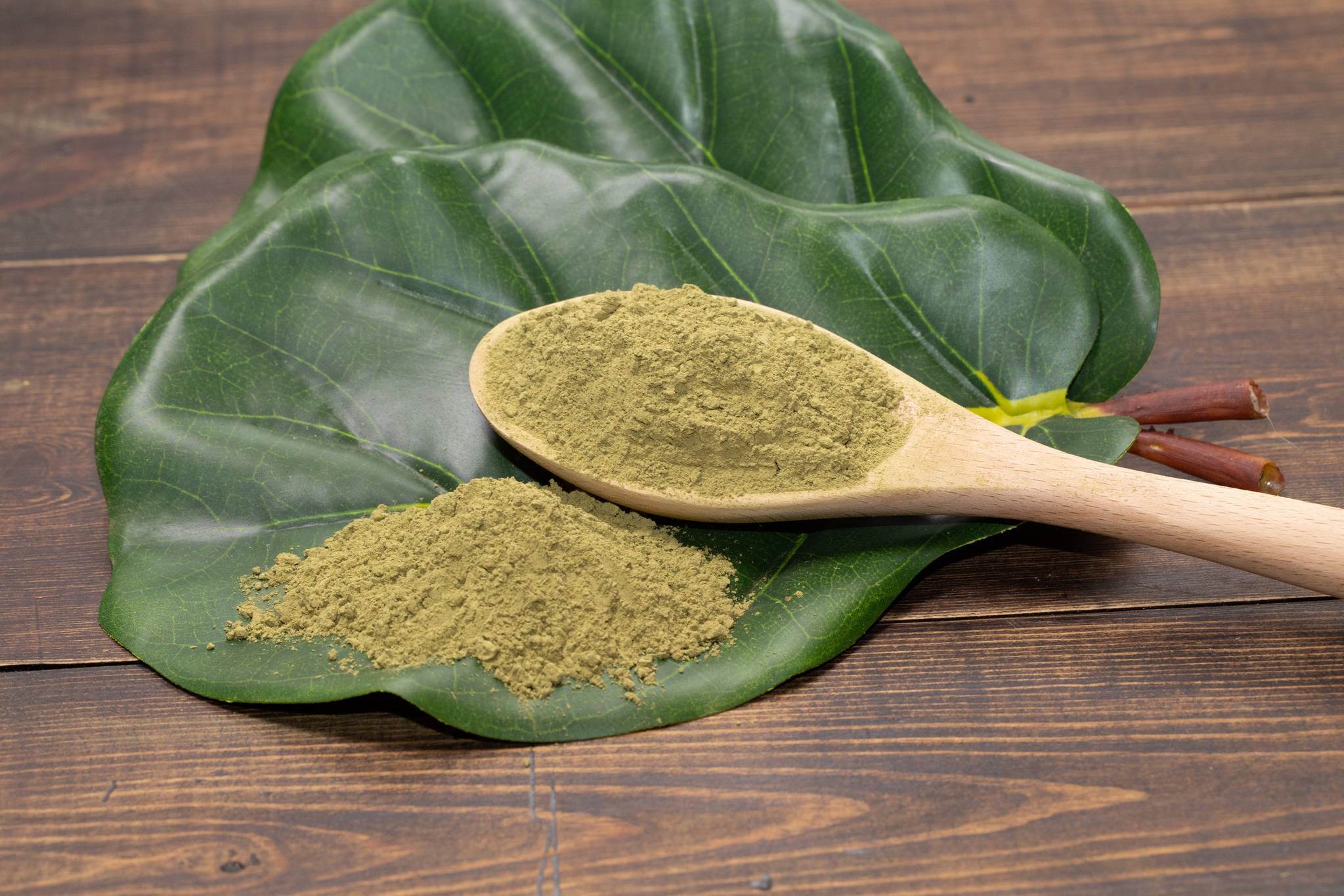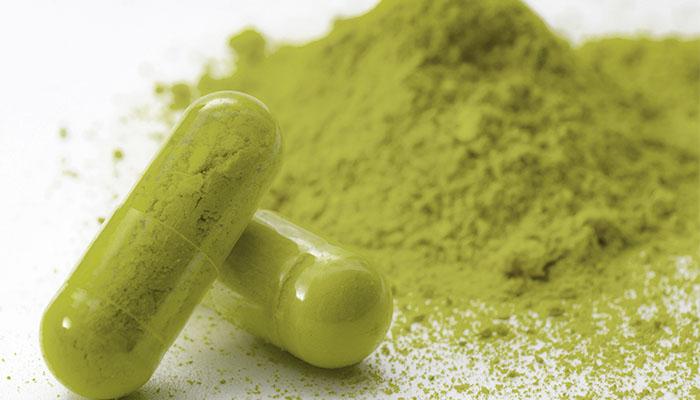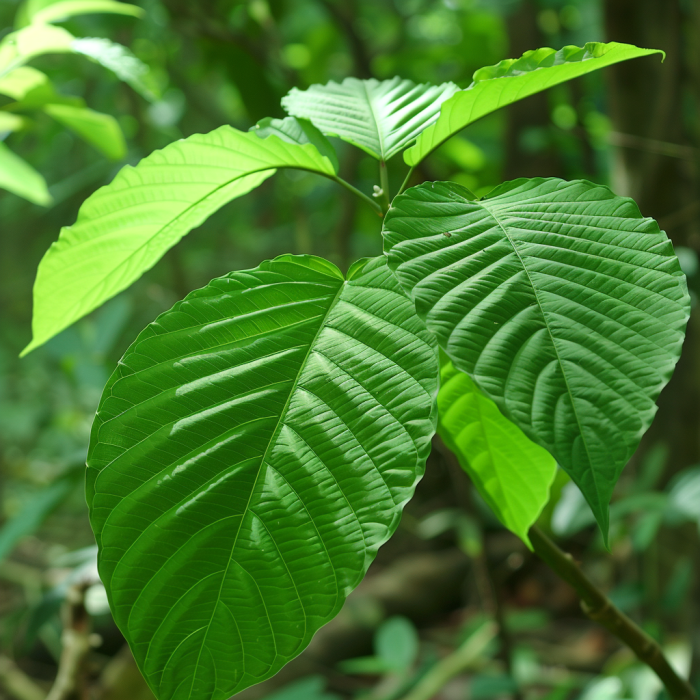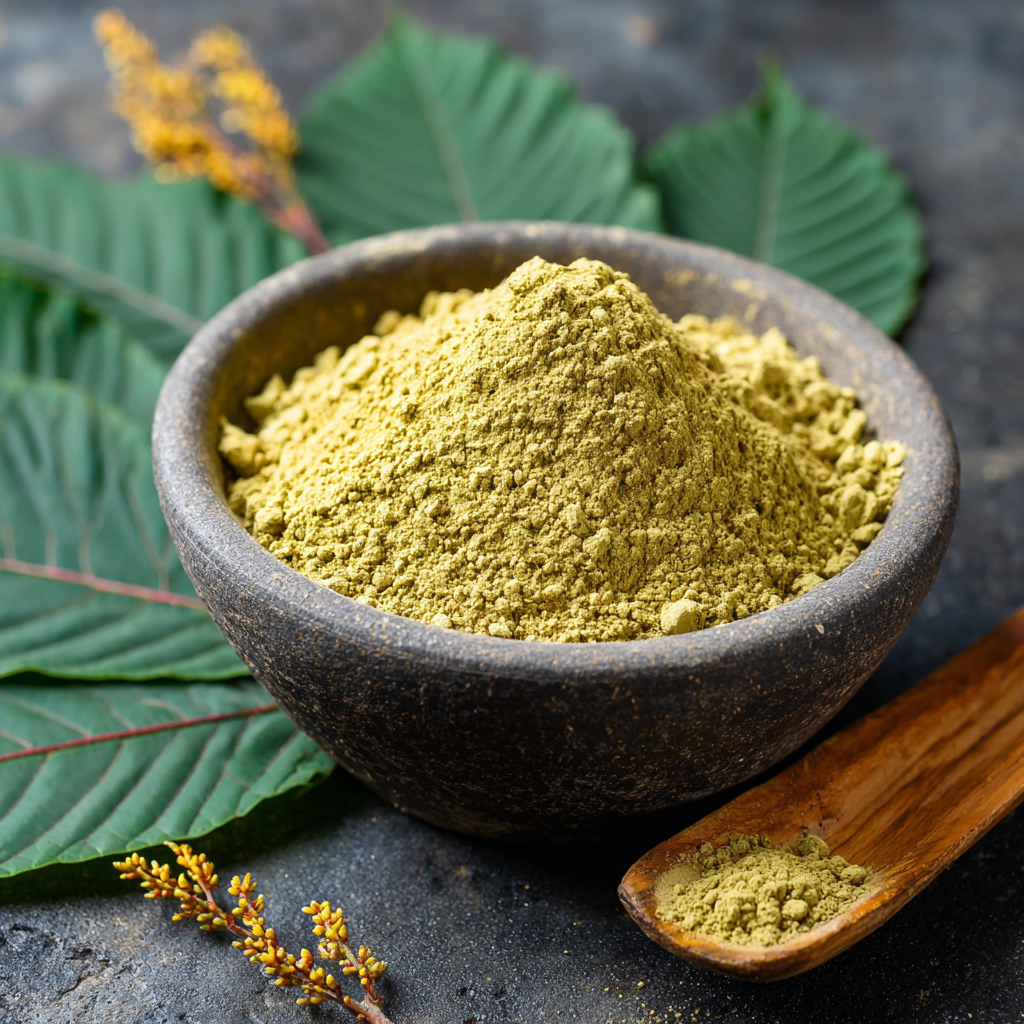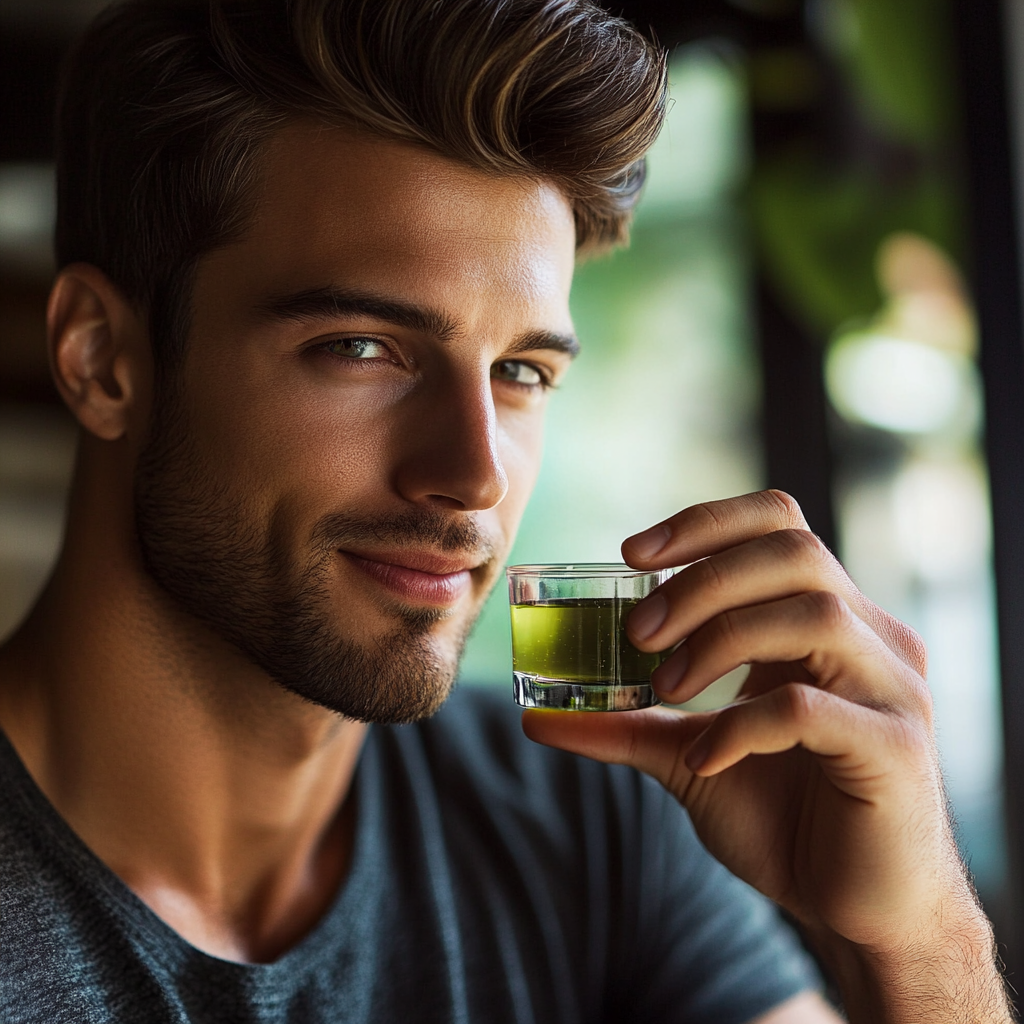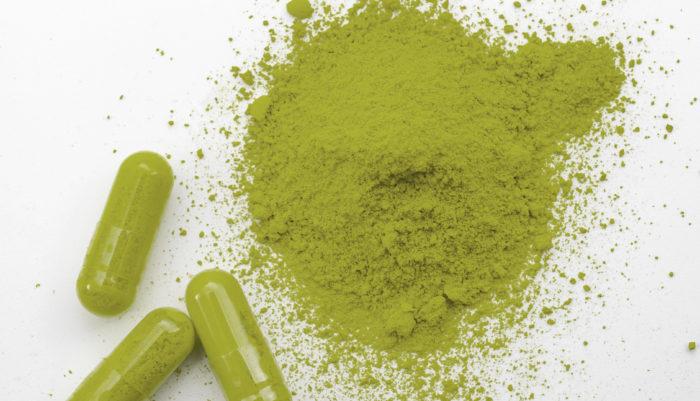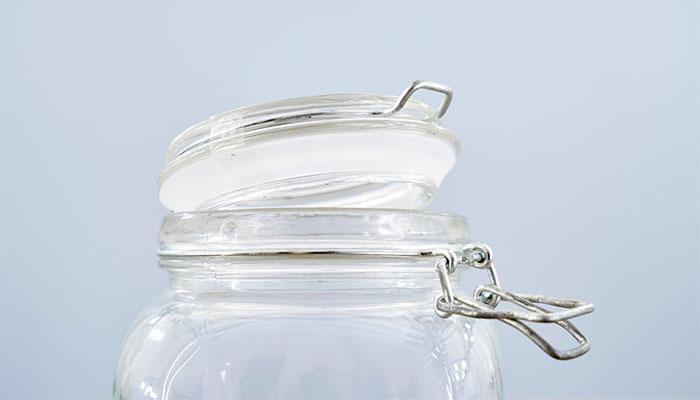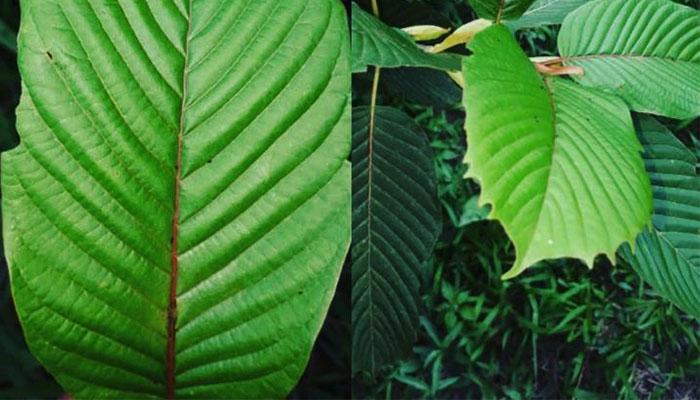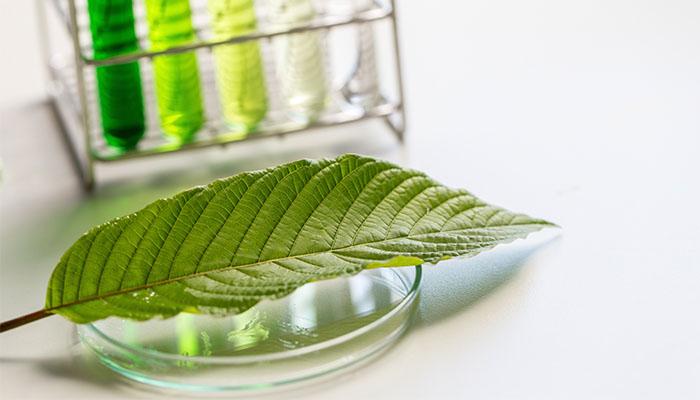What Is 7‑OH (7‑Hydroxymitragynine)? The Complete Guide To Understanding Synthetic Kratom
kratom,kratom-legality
10 Jul, 2025
What Is 7‑OH (7‑Hydroxymitragynine)? The Complete Guide To Understanding Synthetic Kratom
Kratom, derived from the leaves of the Mitragyna speciosa tree, has gained significant attention for its potential benefits, ranging from pain relief to mood enhancement. However, a synthetic derivative known as 7-hydroxymitragynine (known as 7-OH) has entered the spotlight, often marketed as a more potent form of kratom. Contrary to what some vendors claim, 7-OH is not naturally present in significant amounts in the kratom plant and is typically synthesized in a lab. Its extreme synthetic effects have been shown to lead to intense addictive effects.
This article dives deep into why 7-OH is a synthetic compound, how it’s produced, and why consumers should prioritize natural kratom over synthetic derivatives for safety and sustainability.
🌱 Natural kratom vs. synthetic 7‑OH
| Feature | Natural kratom (whole leaf) | Synthetic 7‑OH |
| Alkaloid content | Mitragynine ≈1.5%; 7‑OH < 0.05% | 7‑OH ≈90%–98%, with staminal impurities |
| Blended effects | Full alkaloid profile yields nuanced effects | Highly concentrated opioid effects—highly potent |
| Addiction potential | Low; less self-administration in studies | Extremely High; rats self-administer and substitute for morphine |
| Regulatory oversight | Numerous States have legalized, widely consumed | State Bans & Minimal testing—risk of solvent residues and impurities |
🧐 What Is 7-OH, and Is It Really Kratom?
7-Hydroxymitragynine (7-OH) is an alkaloid found in trace amounts in the Mitragyna speciosa plant, typically less than 0.01% of the total alkaloid content in kratom powder. While it is naturally occurring in minute quantities, the 7-OH available in commercial products like tablets, shots, or extracts is almost always synthetically produced or semi-synthesized from mitragynine, the primary alkaloid in kratom. This distinction is critical: the 7-OH sold in smoke shops and online is not the natural kratom plant but a chemically altered substance designed to amplify its effects.
Unlike natural kratom, which contains a complex profile of over 40 alkaloids working synergistically, 7-OH isolates or enhances a single compound, leading to a more intense and opioid-like effect. This potency comes with heightened risks, including a significantly greater potential for dependency and withdrawal. The marketing of 7-OH as “kratom” misleads consumers into believing they’re using a natural plant product when, in reality, they’re consuming a lab-made derivative.
🔬How Is 7-OH Made? A Look at the Synthesis Process
The production of 7-OH is a complex chemical process that requires laboratory equipment and expertise, further highlighting its synthetic nature. Synthesizing 7-OH typically involves the following steps:
- Extraction of Mitragynine: The process begins with isolating mitragynine, the most abundant alkaloid in kratom, from kratom leaves or powder. This requires advanced extraction techniques, often using solvents like ethanol or acetic acid to separate the alkaloids from plant material.
- Oxidation to Form 7-OH: Once mitragynine is isolated, it undergoes a chemical reaction called oxidation to convert it into 7-hydroxymitragynine.
- Purification and Isolation: After oxidation, the resulting 7-OH is purified using techniques like column chromatography (CC) to isolate the compound in high purity.
- Formulation into Products: The purified 7-OH is then formulated into tablets, capsules, or liquid shots, often with added flavorings or fillers to make it palatable. These products are marketed as kratom extracts but are far removed from the natural plant.
This synthesis process is done without oversight or regulation similar to what were known as “Bath Salts” and primarily done in overseas labs. We know this as we are contacted numerous times a week from manufacturers in China and East Asia. While some think because 7-OH occurs in trace quantities in natural Kratom that it is made from Kratom, but that would not be a financially viable production process.
⚠️ Risks of Synthetic 7‑OH Products
- Extreme potency and abuse liability: Animal studies repeatedly show 7‑OH binds μ-opioid receptors 14–40× more strongly than morphine. Its potential for addiction and tolerance is significantly higher than natural kratom.
- Health concerns: Inconsistent labeling and origin and potential contaminants (solvents, heavy metals, pesticide residues).
- Consumer confusion: Marketed as “enhanced kratom,” but often lacks the plant’s full alkaloid spectrum, misrepresenting it as “natural.” (UConn School of Pharmacy)
🌾 Why Choose Natural Kratom Instead?
- Full botanical profile: Natural leaf delivers a balanced mix of alkaloids—not a single concentrated component. Over 40 alkaloids are present in the natural Kratom plant, and these all play a part in its effects.
- Lower abuse potential: Mitragynine‑rich natural kratom did not sustain morphine-like self-administration in studies. (Kansas State Legislature)
- Well-known cultural use: Traditional kratom has centuries of safe use history, with understood effects.
- Clearer testing standards: Many vendors offer Certificate of Analysis (CoA) for natural leaf products, ensuring transparency.
- Legal Status: Many states have formally legalized and regulated natural Kratom products. These laws necessitate the balanced ratio of Mitragynine and 7OH that exists in the plant. Numerous states like Utah have banned products with altered levels of 7OH.
- Protecting Kratom: The high potency and opioid-like effects of 7-OH have drawn scrutiny from regulators, threatening the legal status of all kratom products. Advocates warn that the proliferation of 7-OH could lead to blanket bans, limiting access to natural kratom for those who rely on it. This nearly happened in Texas, where the legislature was confused about the difference between natural Kratom and synthetic.
✅ Buyer’s Checklist for Kratom Safety
- Choose whole‑leaf or standard extract powders with clear lab testing.
- Avoid products branded solely as “7‑OH,” “7‑OH‑MG,” “7‑OHmz,” or similar.
- Verify via COA the presence of a full alkaloid profile and absence of solvents.
- Start small and monitor how your body reacts; natural kratom effects build gradually.
- Stay informed with credible sources; avoid marketing hype that downplays risks.
🧭 Conclusion: Stick to Nature for Safety and Sustainability
7‑OH (7-hydroxymitragynine) is not kratom—it’s a semi-synthetic, highly potent isolate of a minor kratom alkaloid. While it may be marketed as a kratom derivative,its synthetic production and potent effects set it apart from the natural Kratom plant. By choosing natural kratom, you support a holistic approach to wellness, reduce the risk of dependency, and help preserve the legal status of this valuable botanical.
We started Kingdom Kratom to create a safe place to source natural, lab tested health alternatives from trusted sources. Coming from a natural health background, it is an imperative that we follow the first rule in healthcare: “First, do no harm.” We refuse to offer products that are against our customers best interests. We intensely screen our suppliers to maintain quality control, lab test and follow GMP procedures in order to ensure this. This is why our kratom capsules, kratom powder and kratom extract are the highest quality and most pure on the market. Despite hundreds of requests, we refuse to and will not sell 7-OH variants as they are not safe, are highly addictive and they go against the very reason we started this company.
Always prioritize transparency, safety, and sustainability when selecting kratom products, and steer clear of synthetic derivatives like 7-OH that could jeopardize both your health and the future of kratom.








